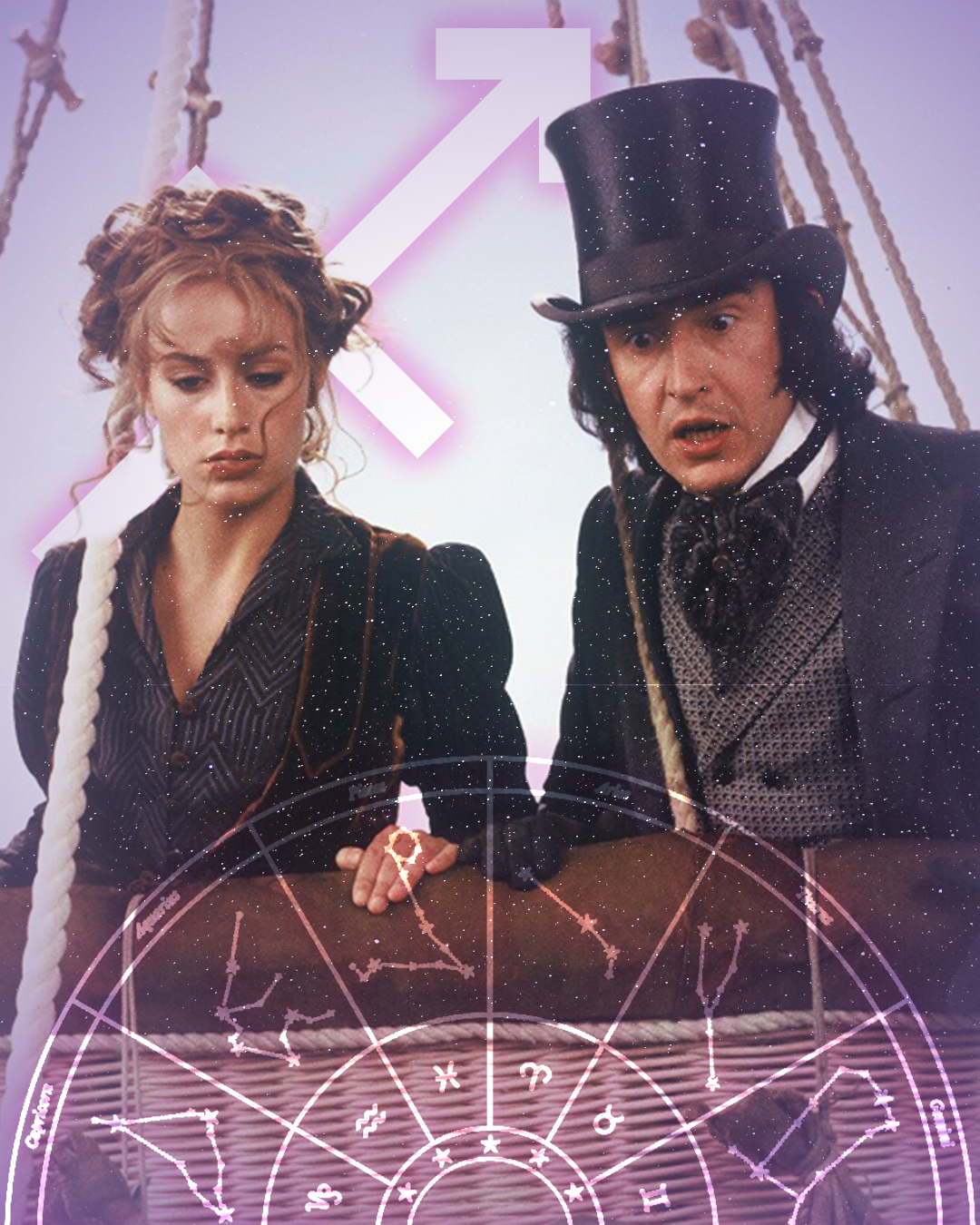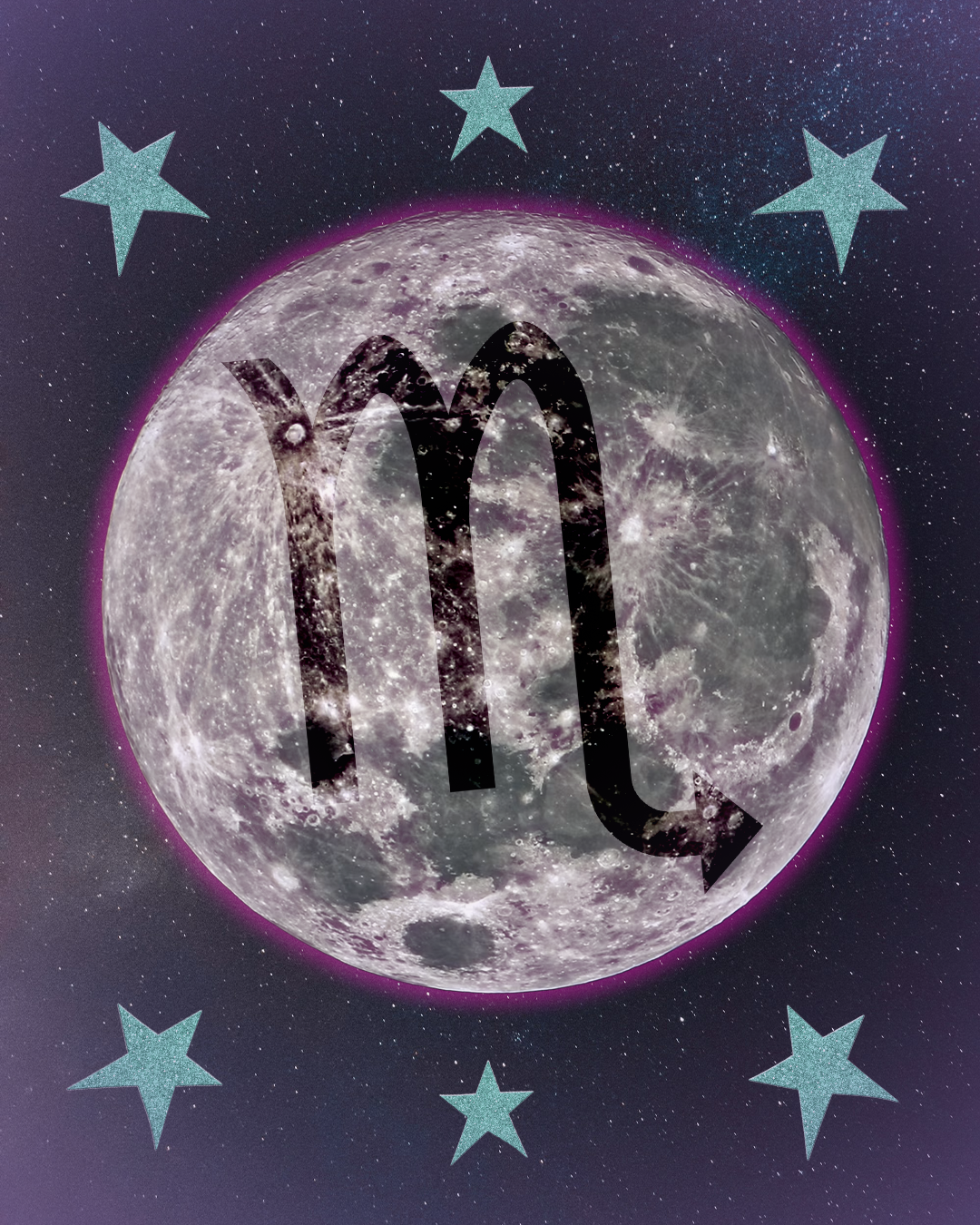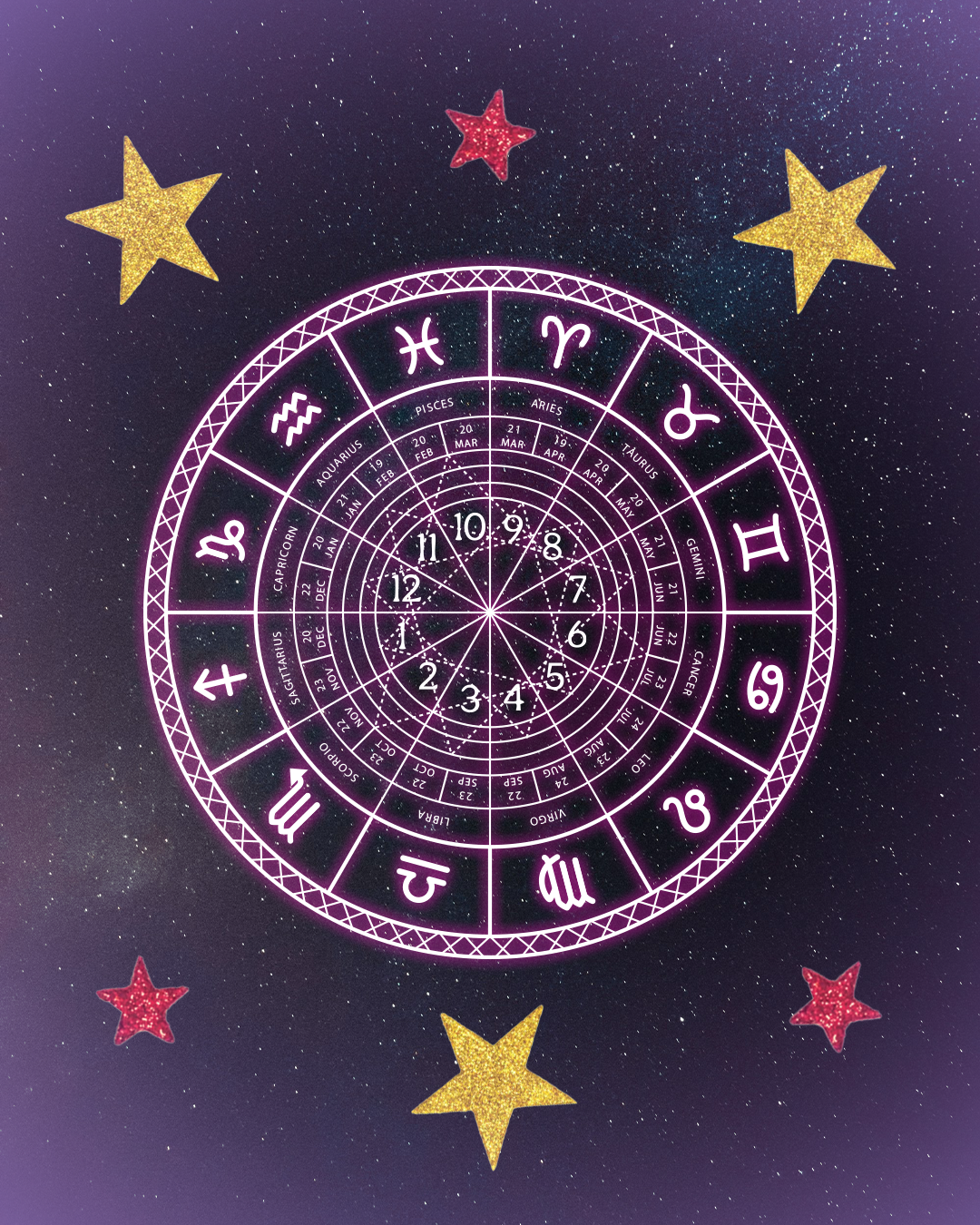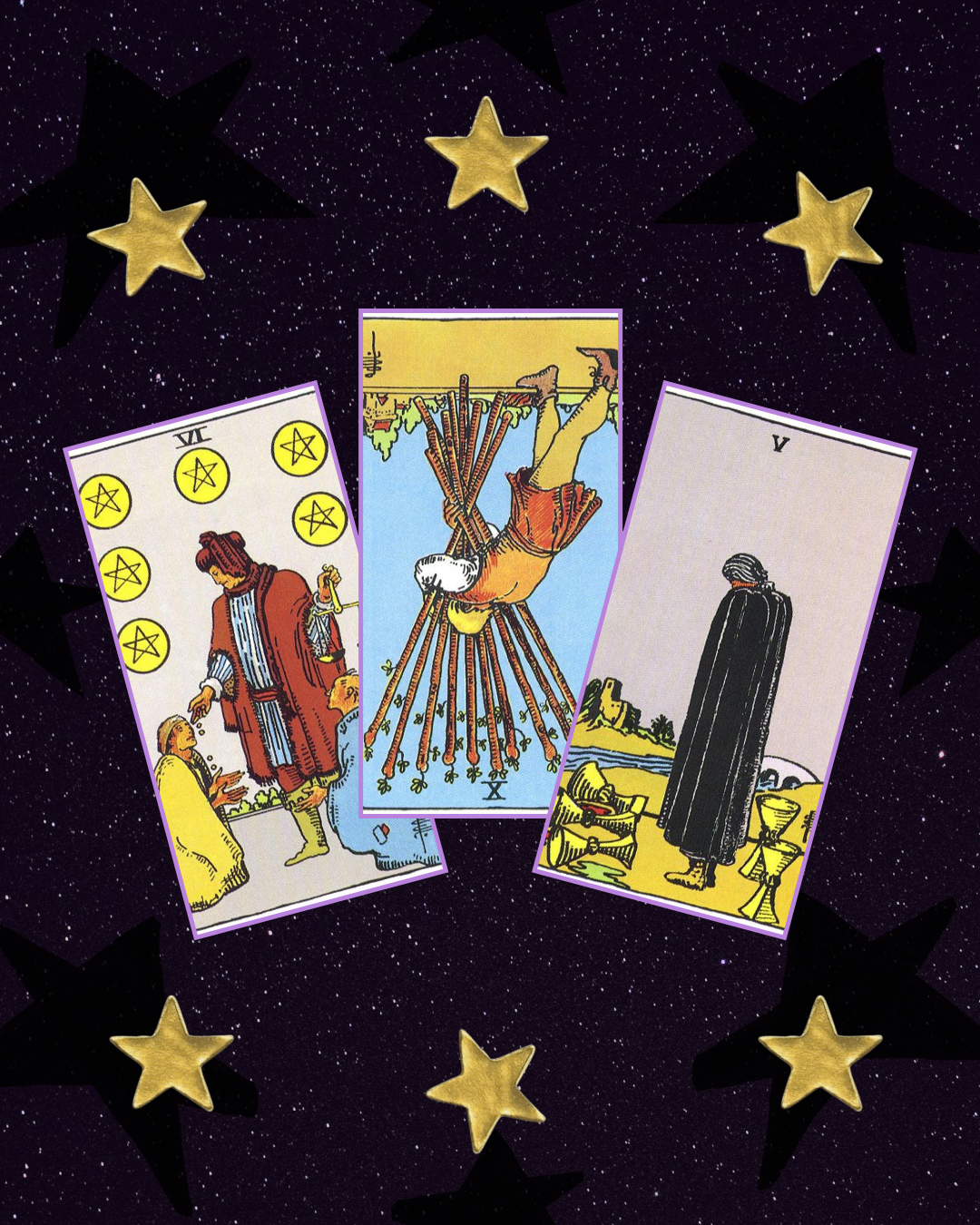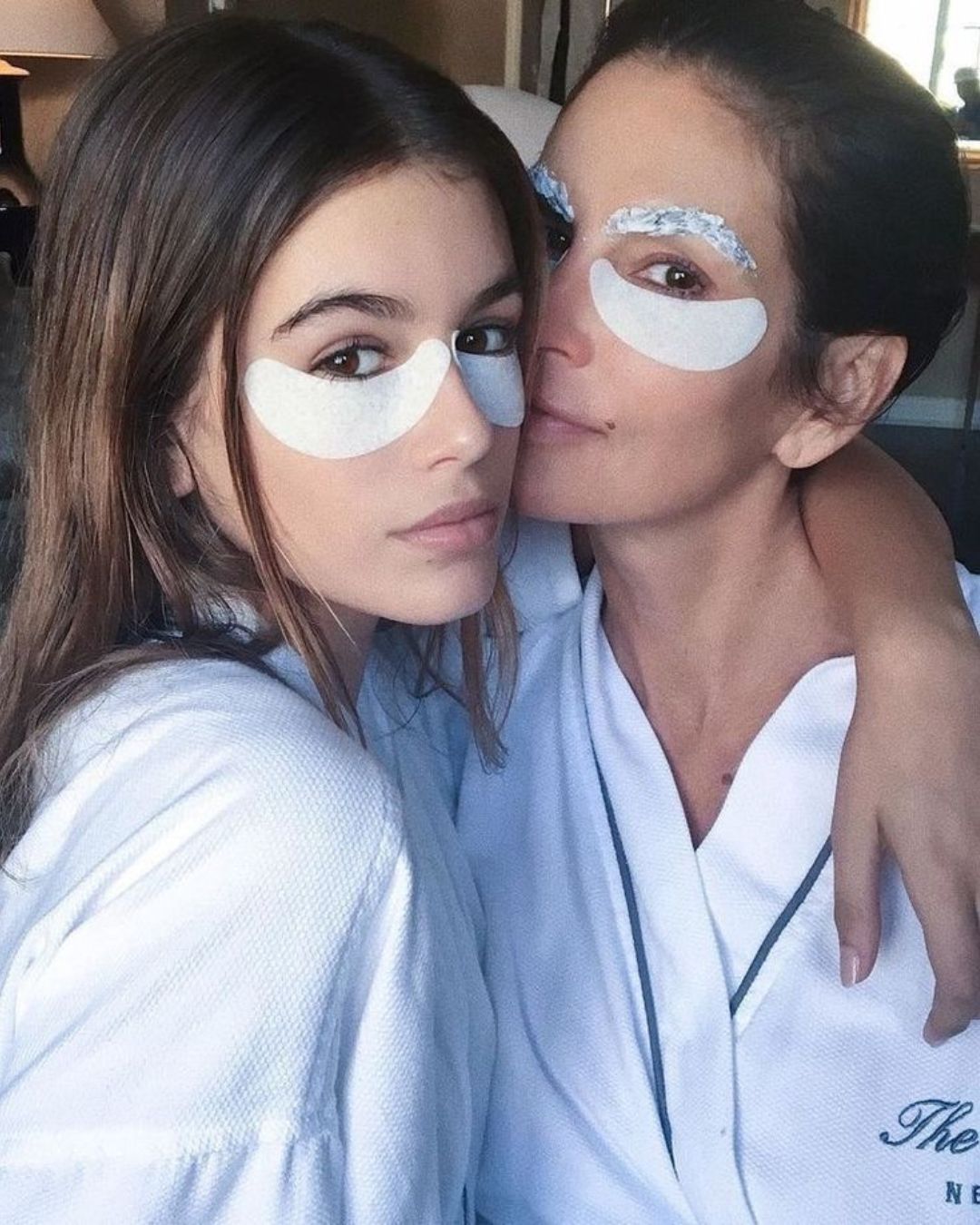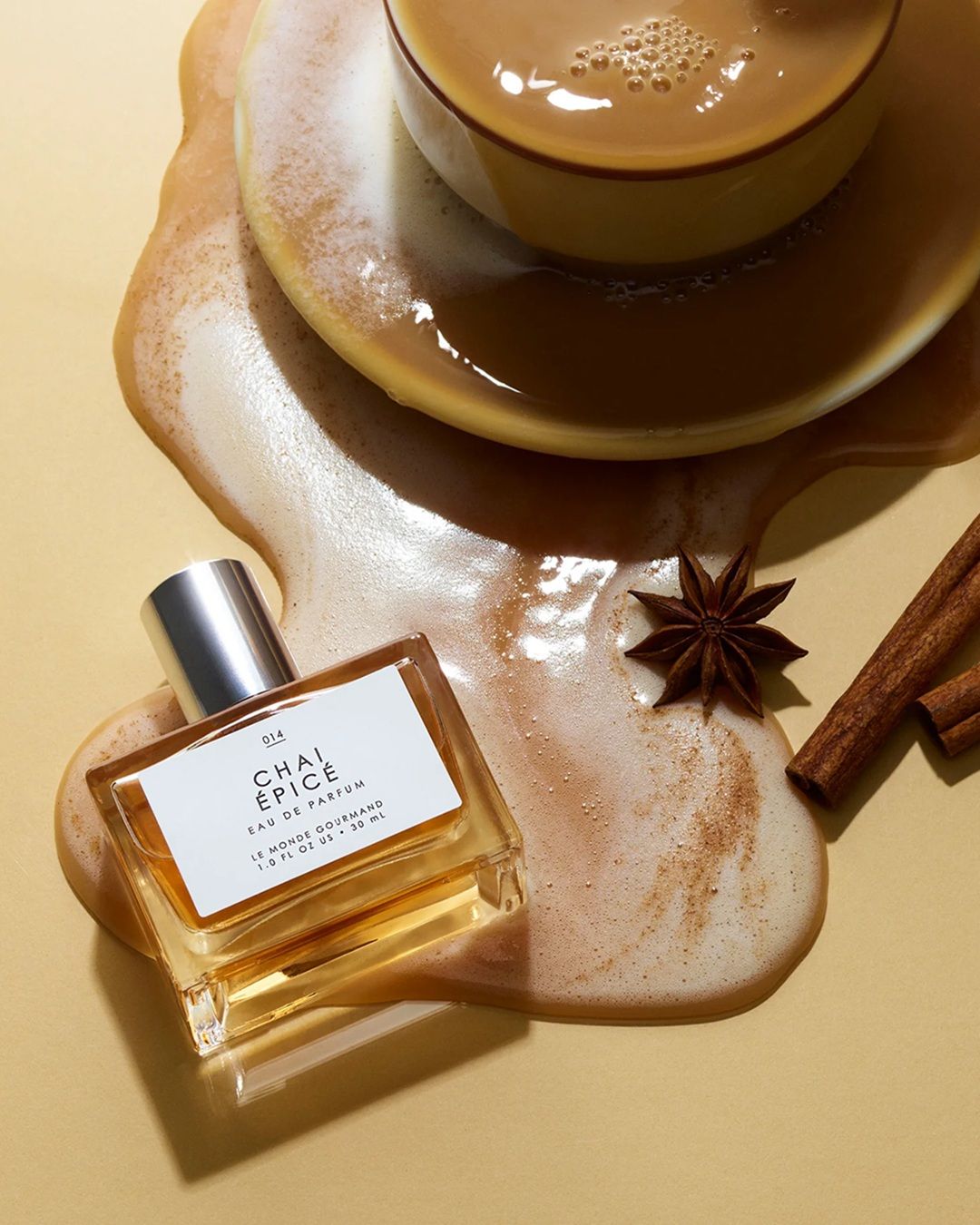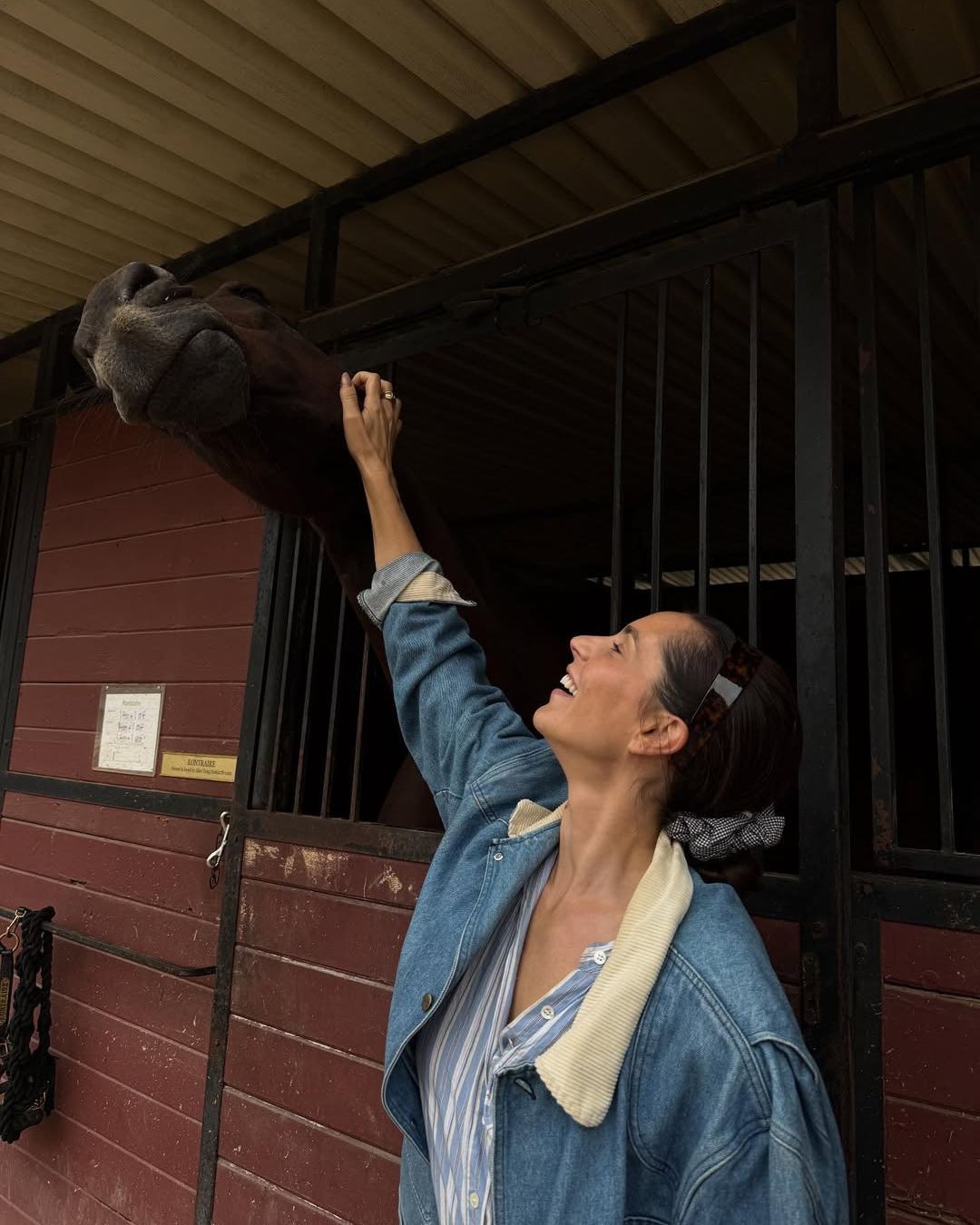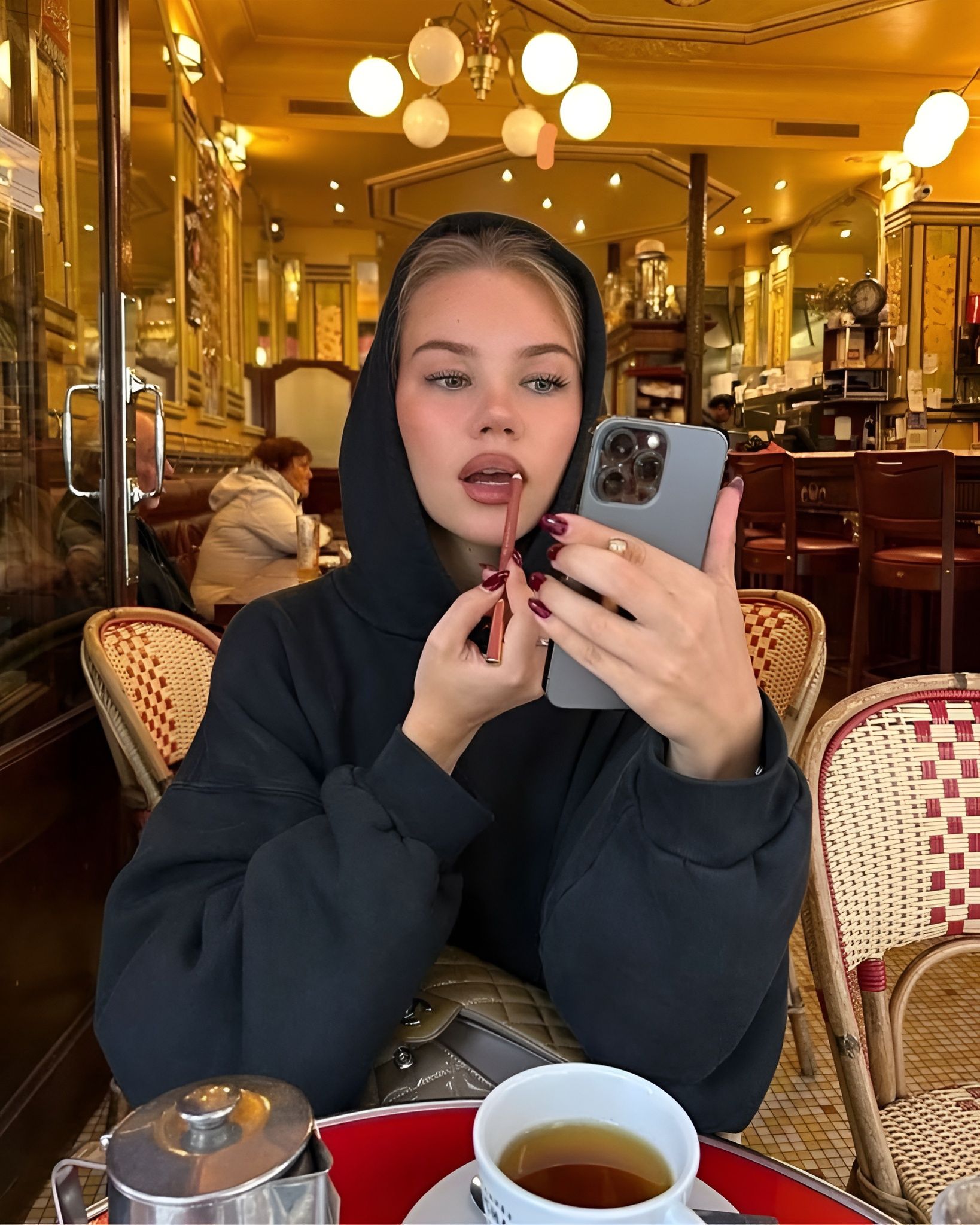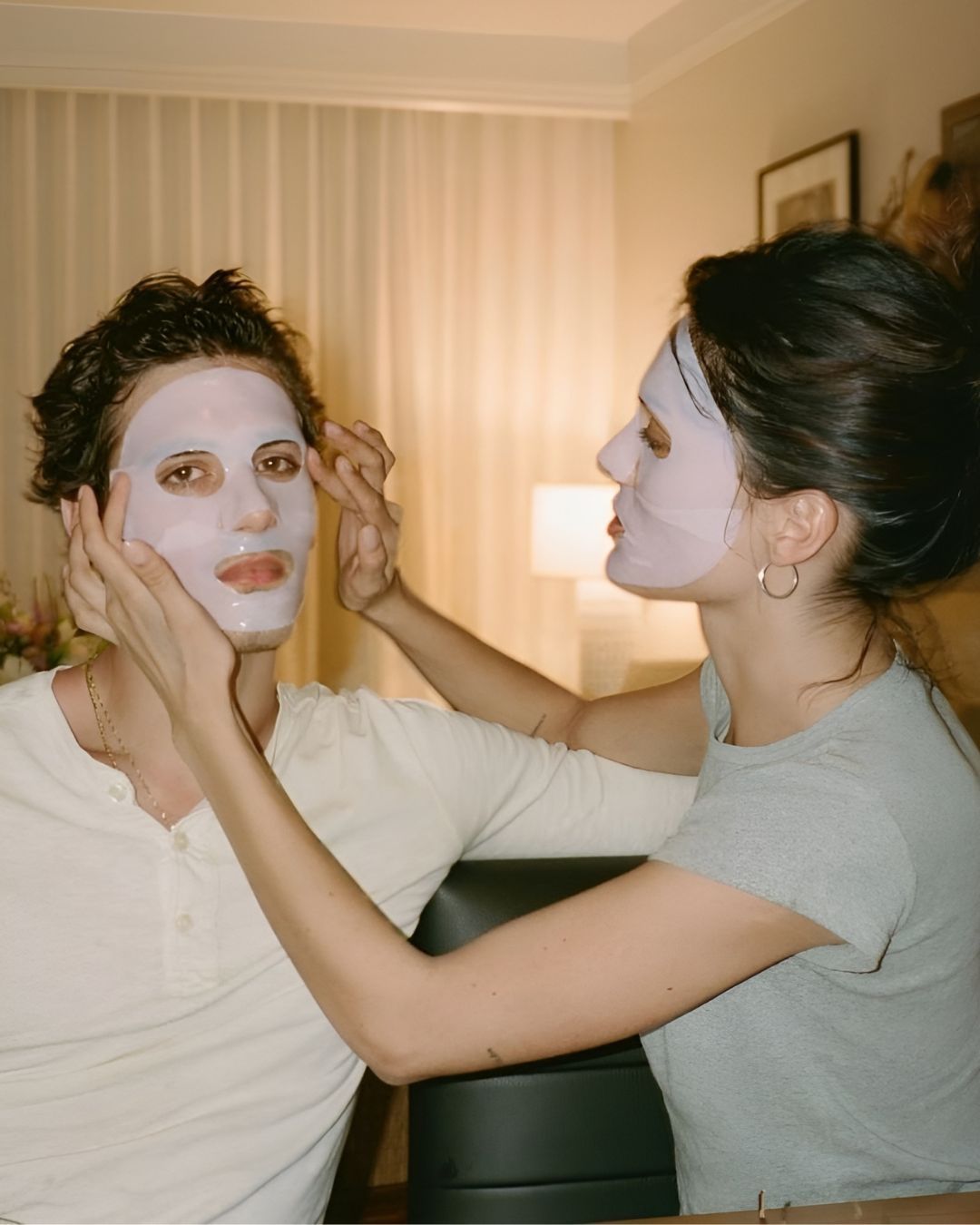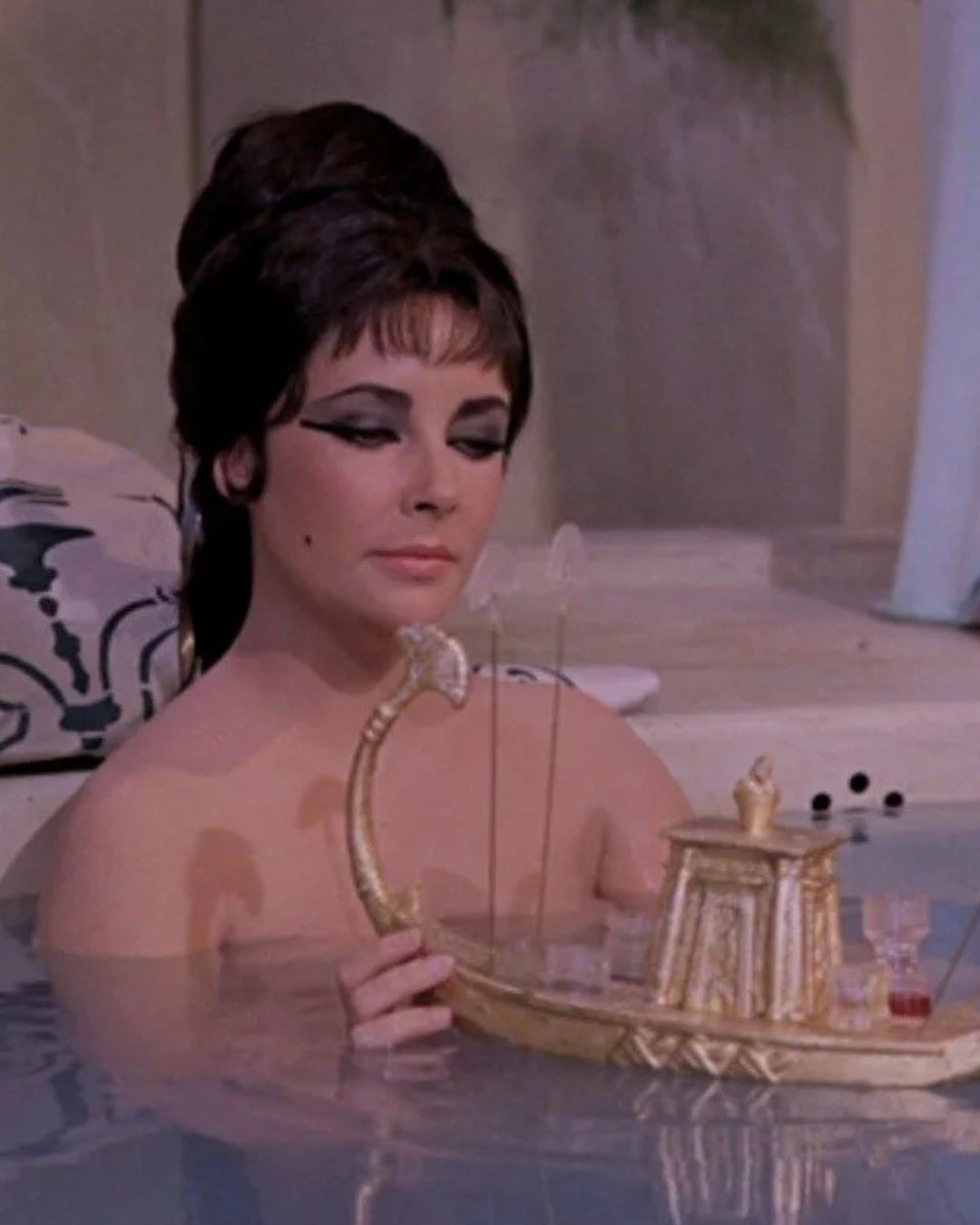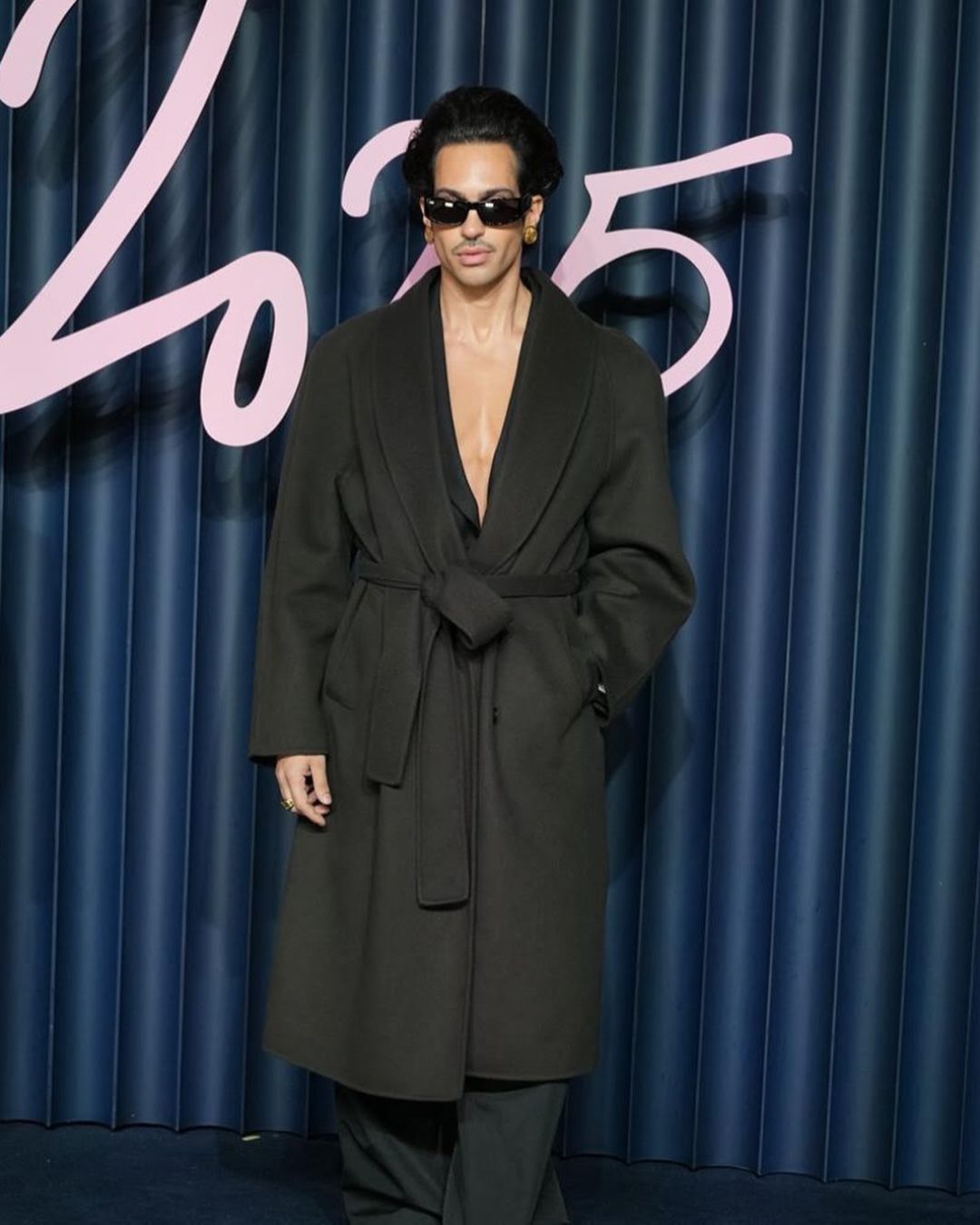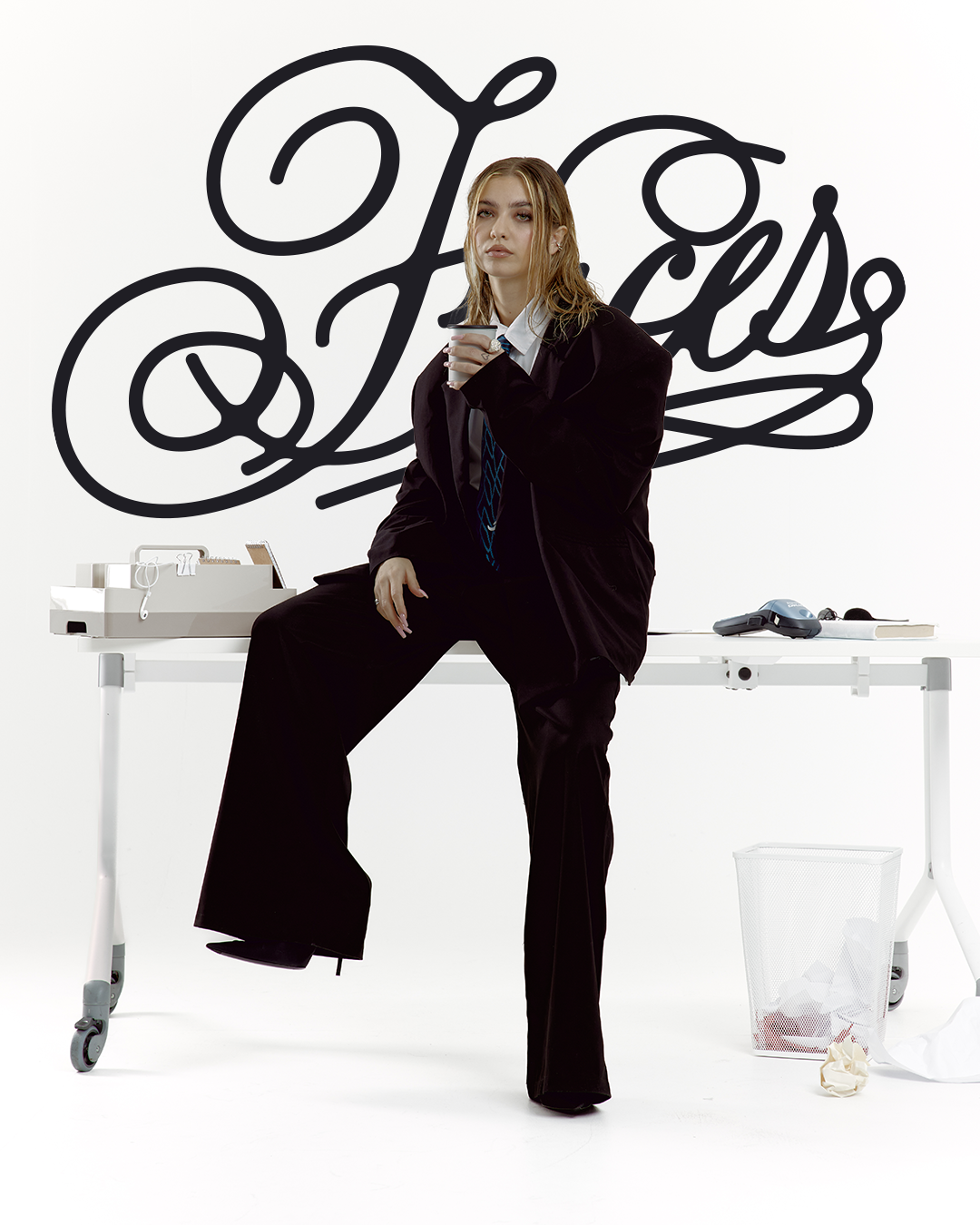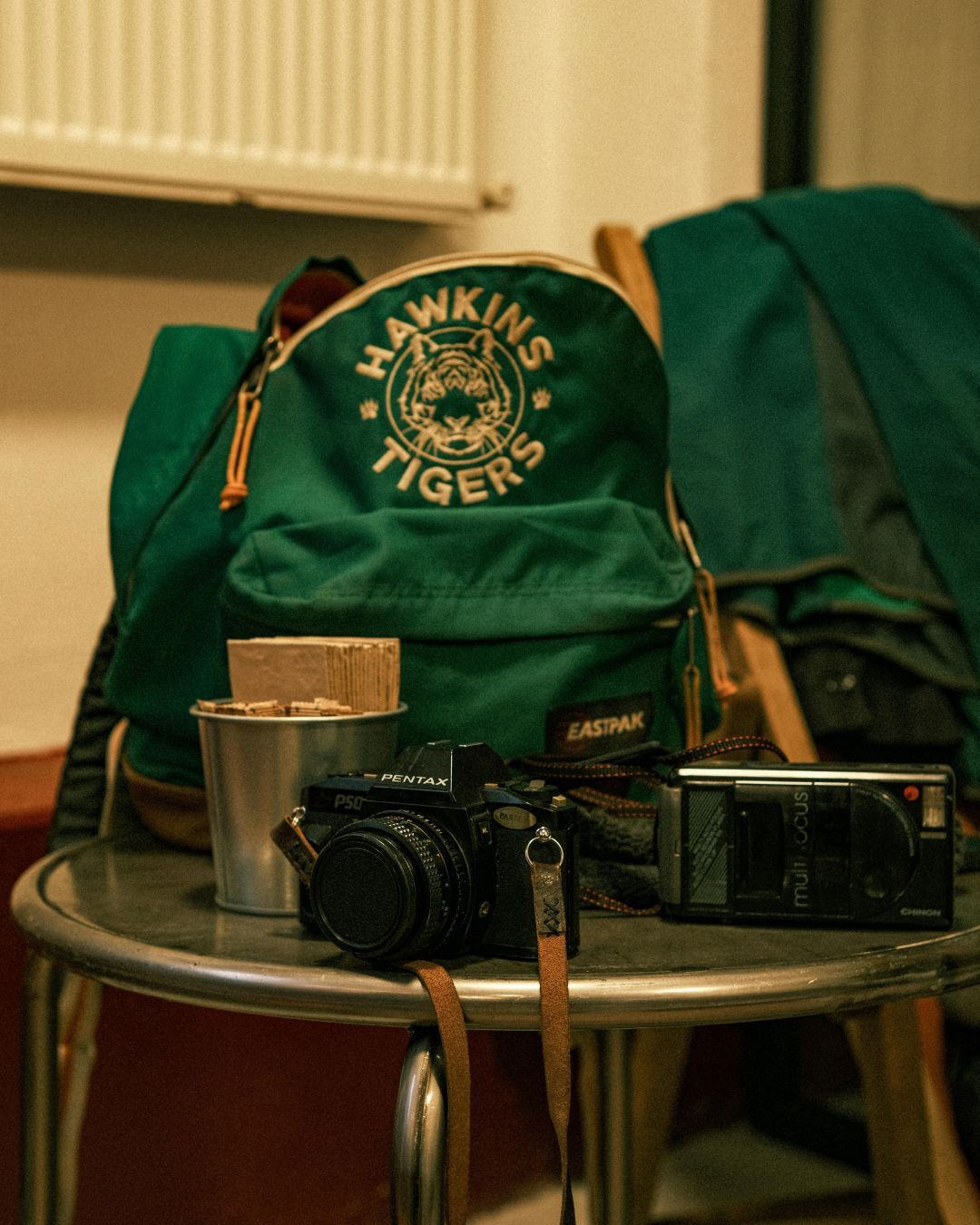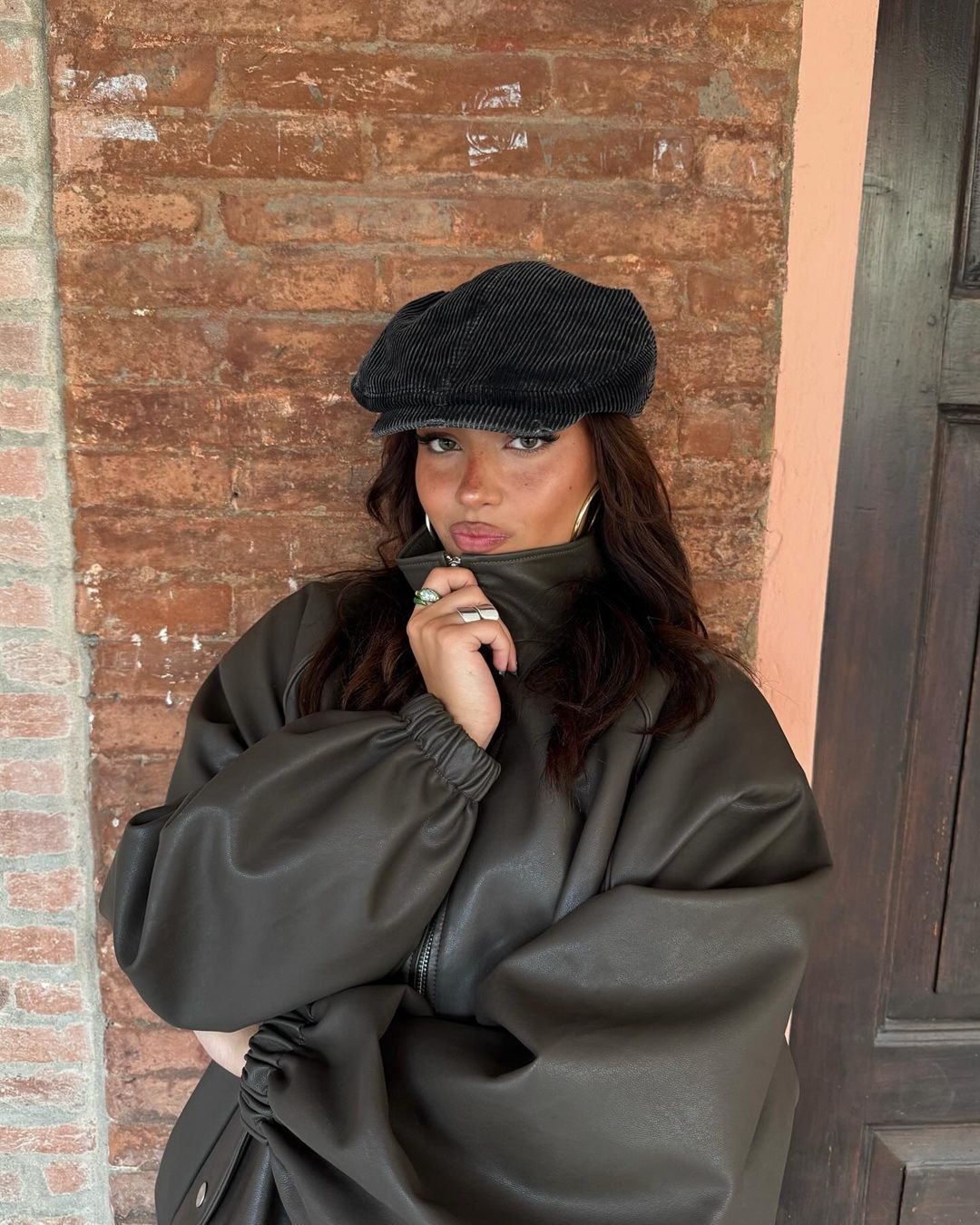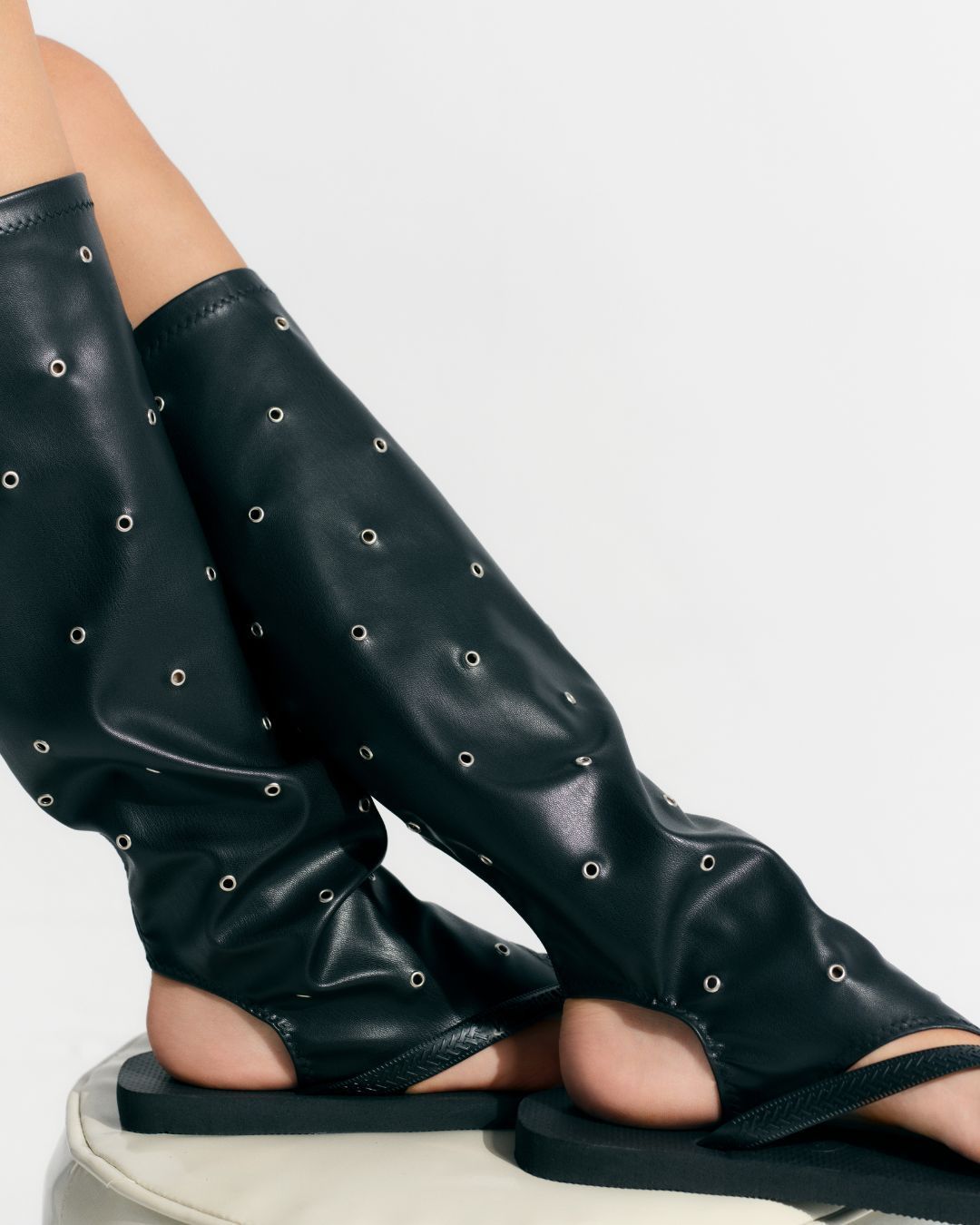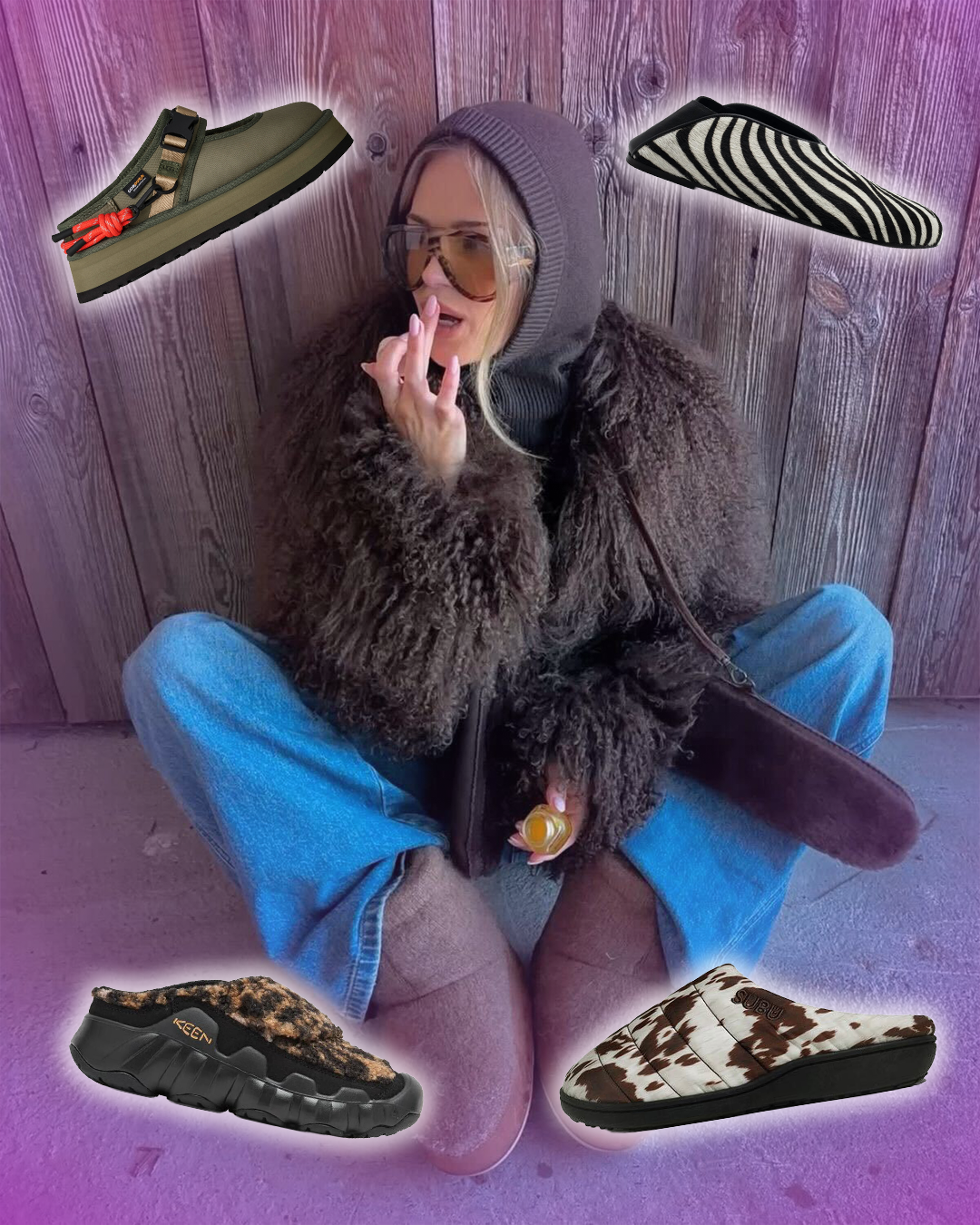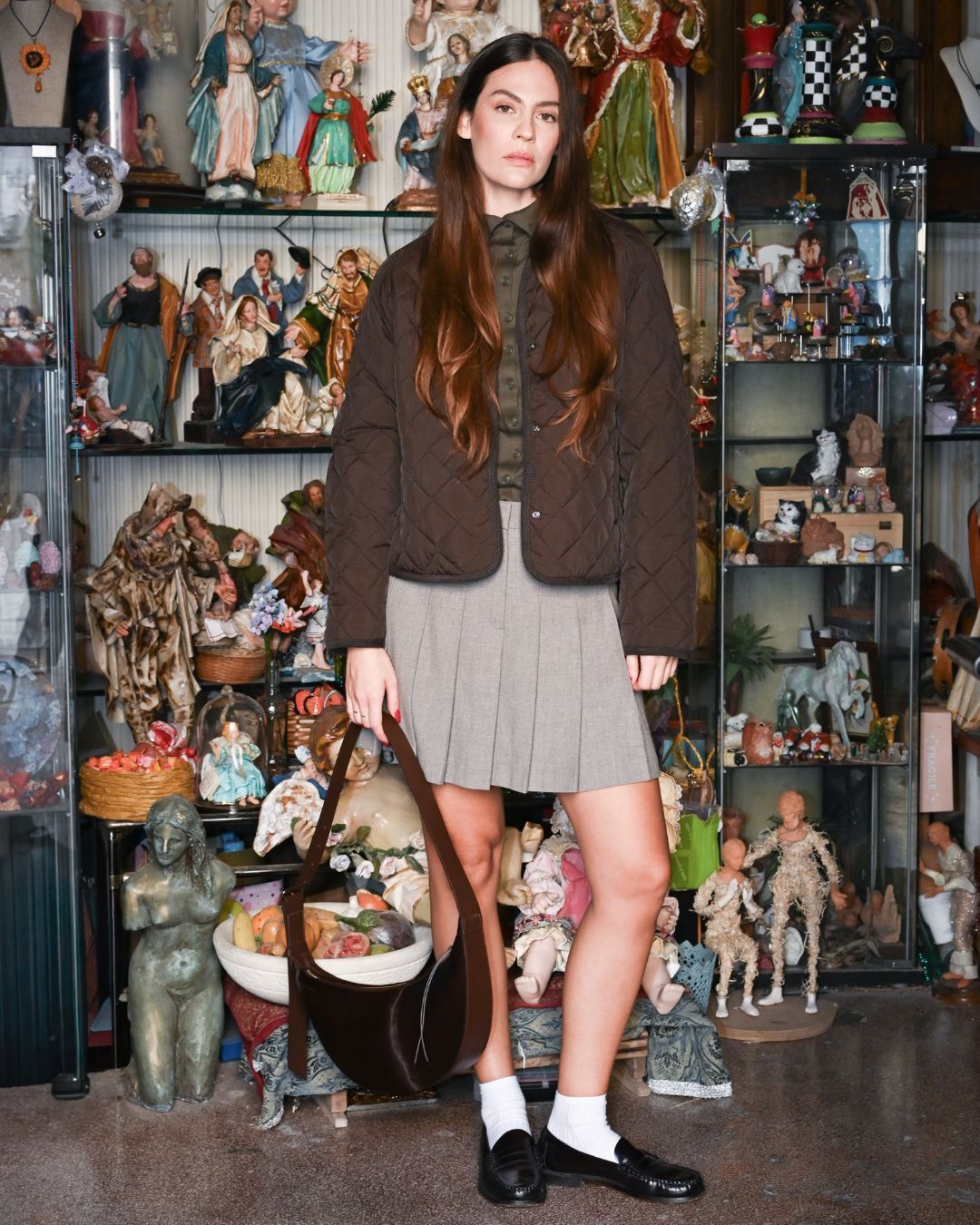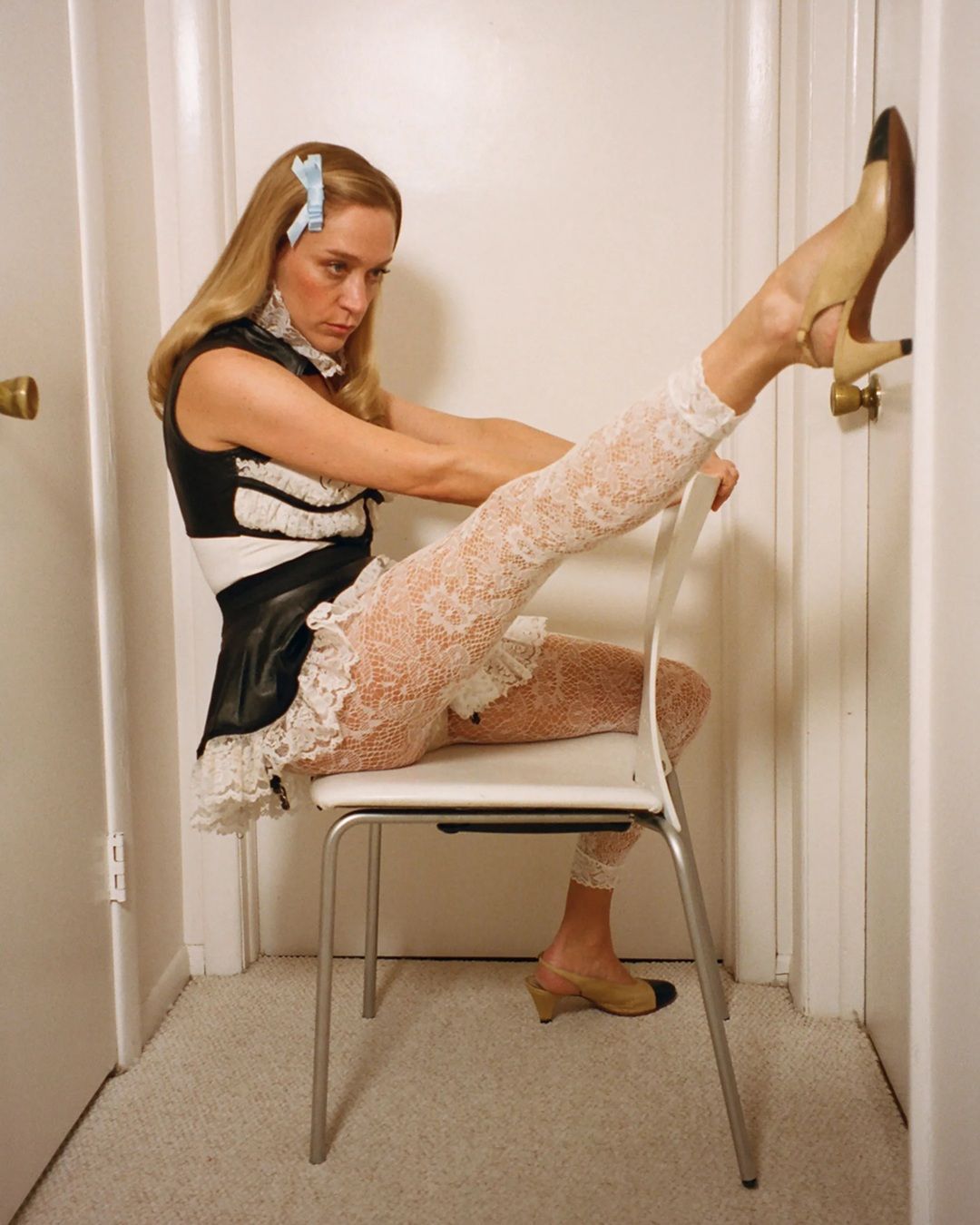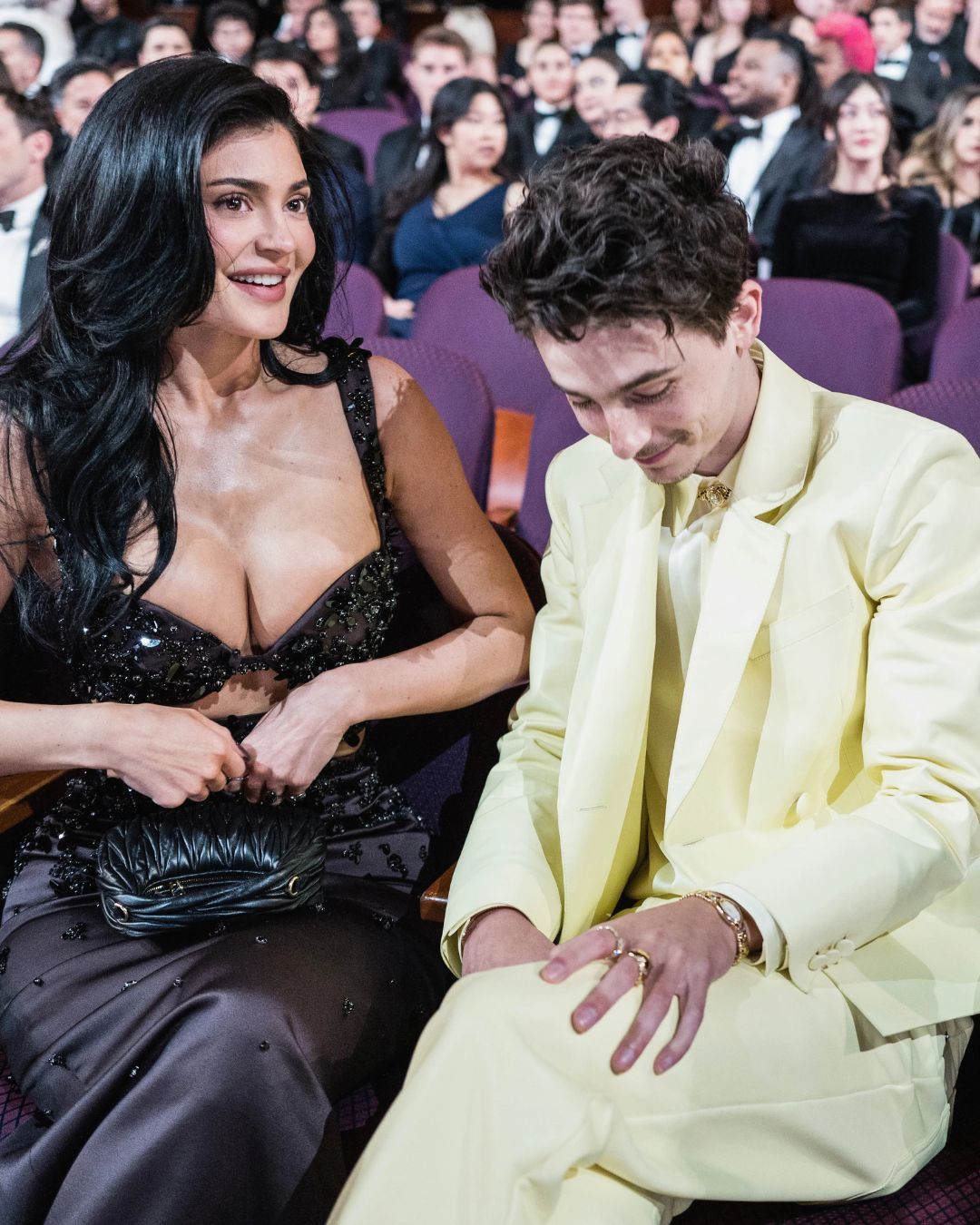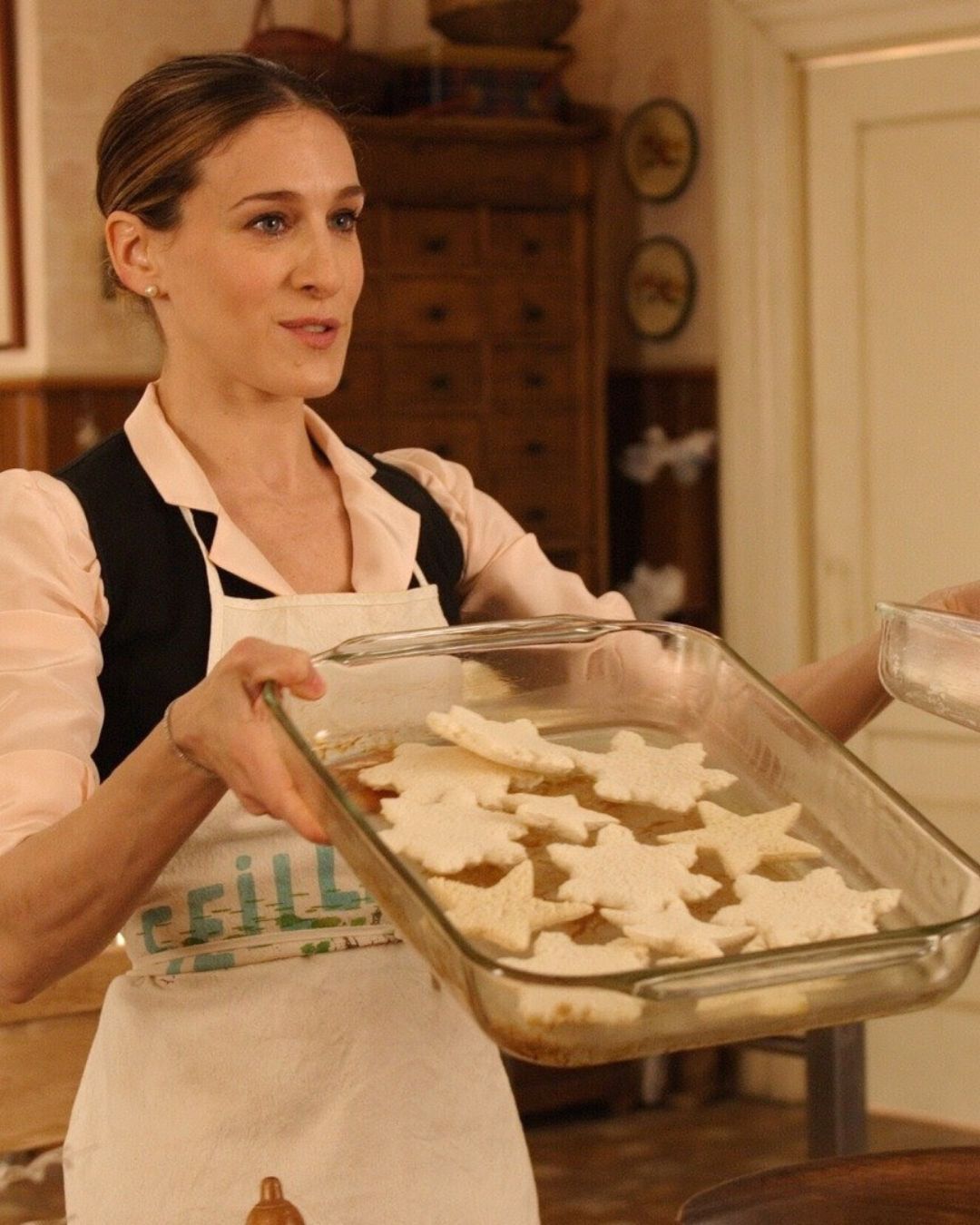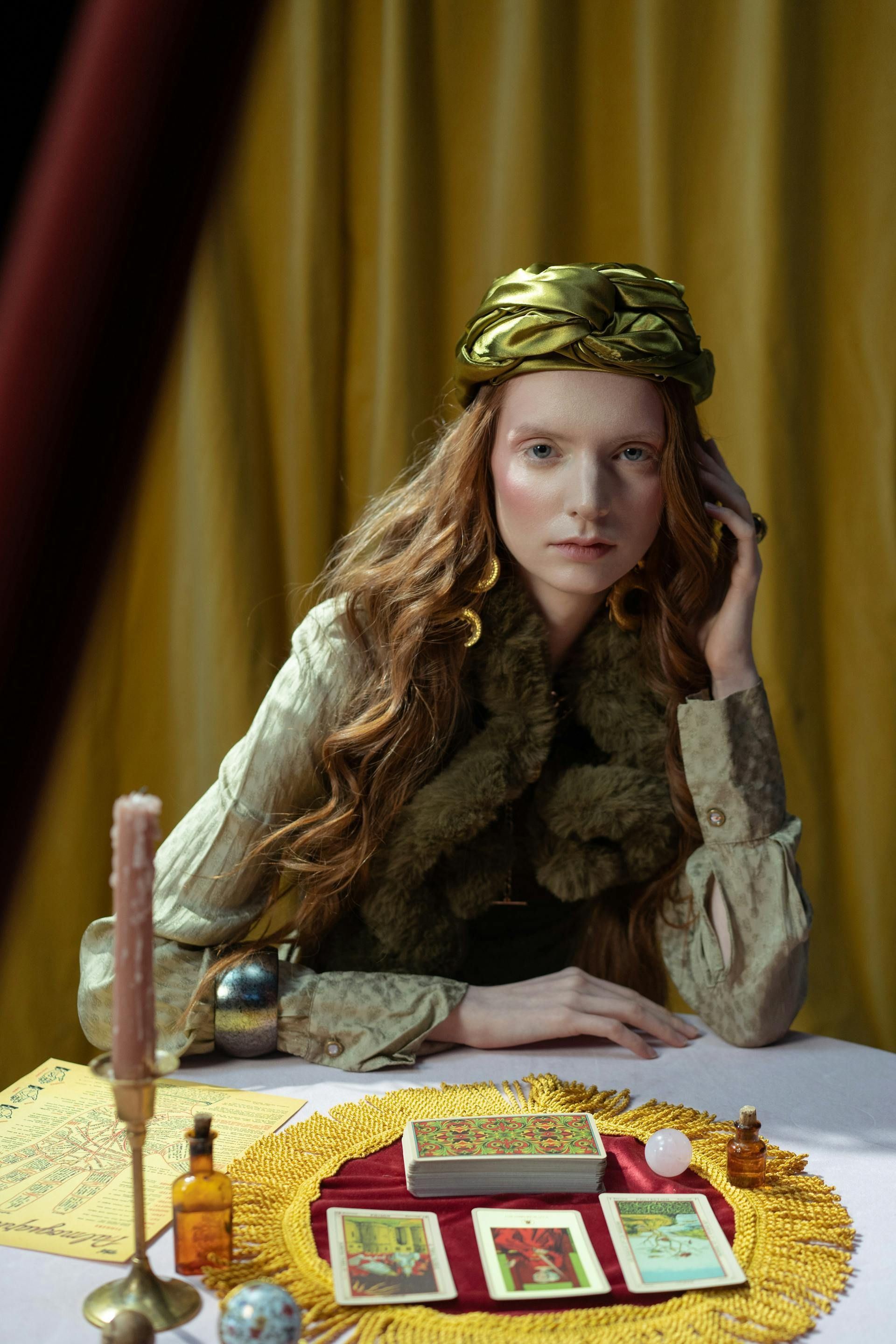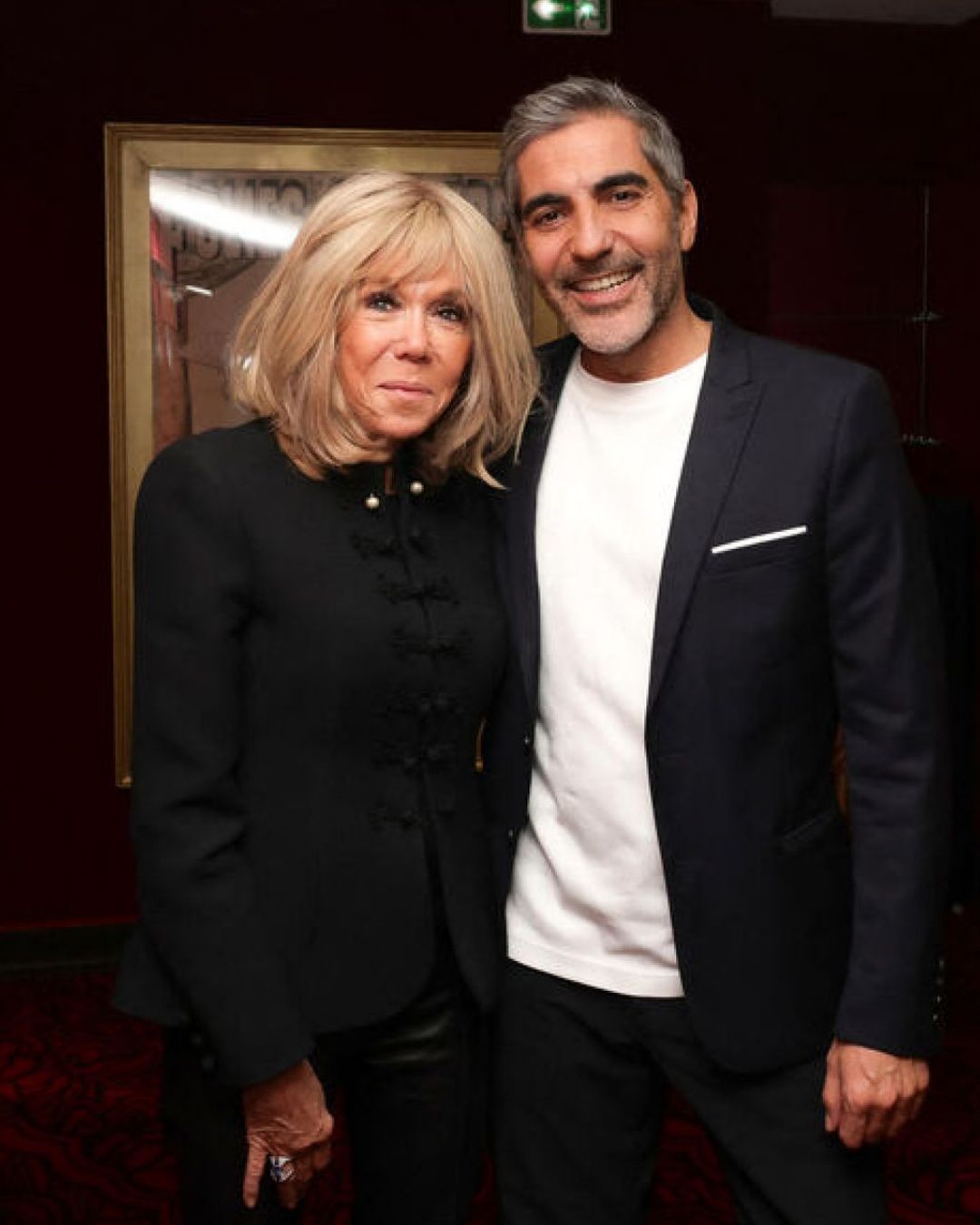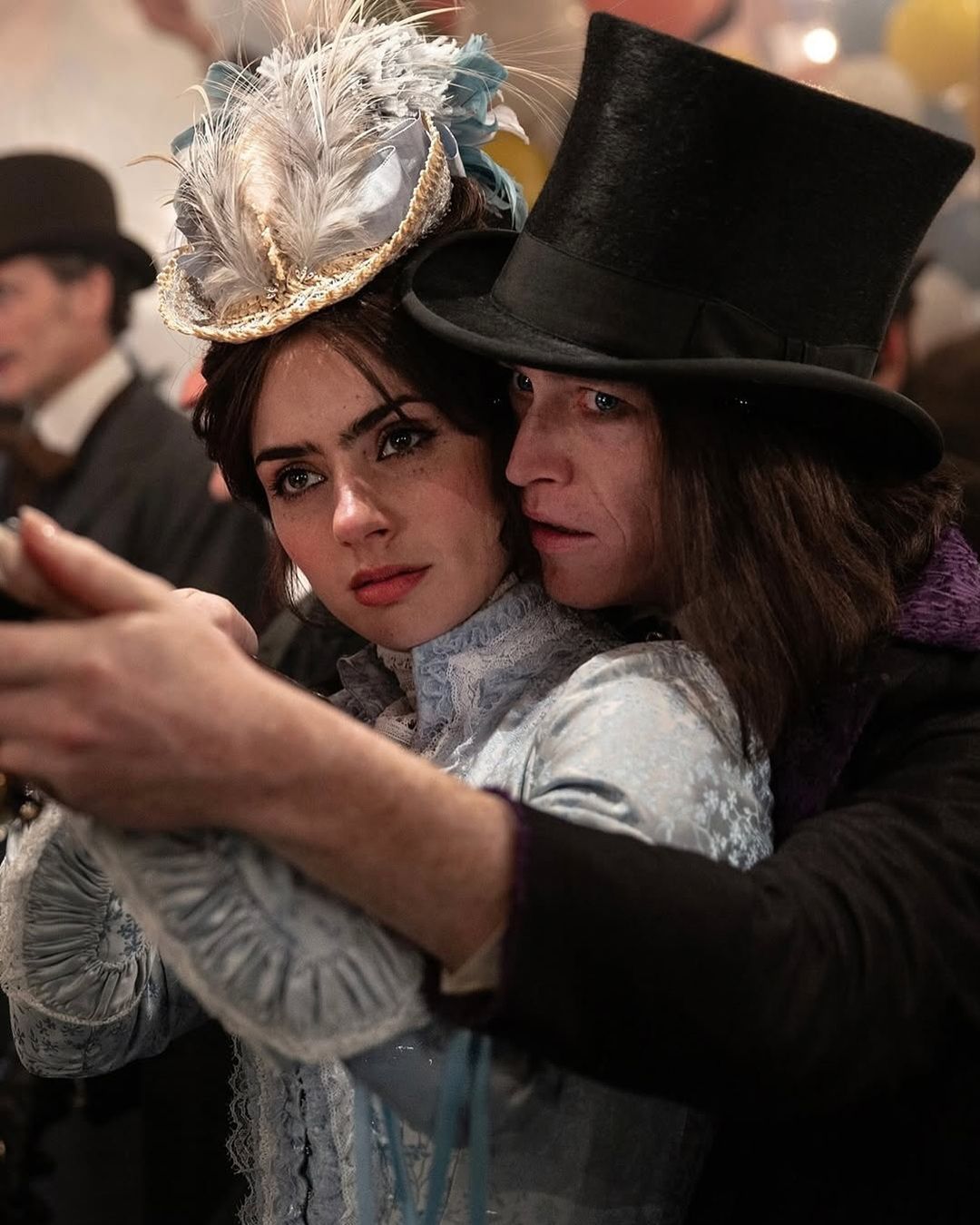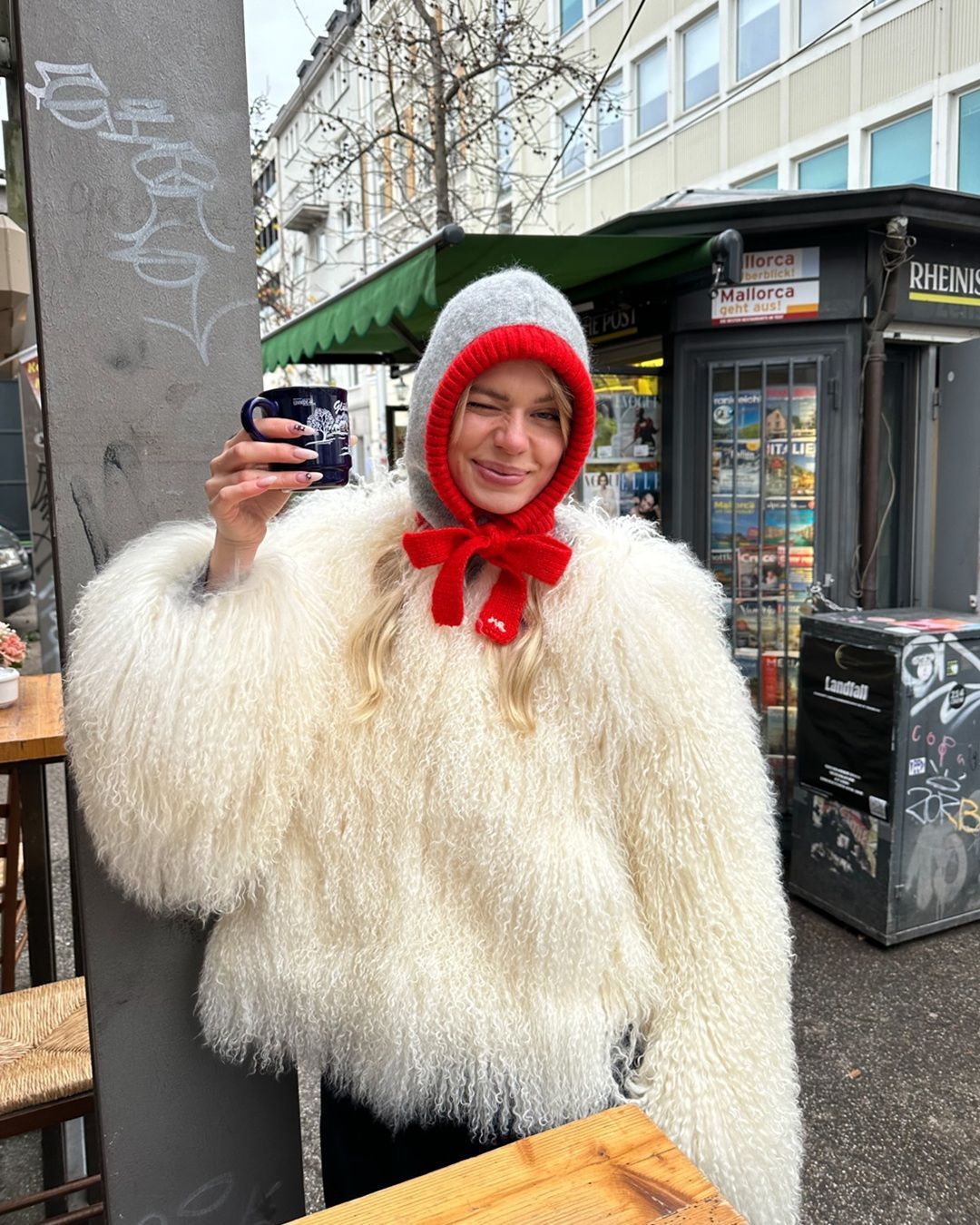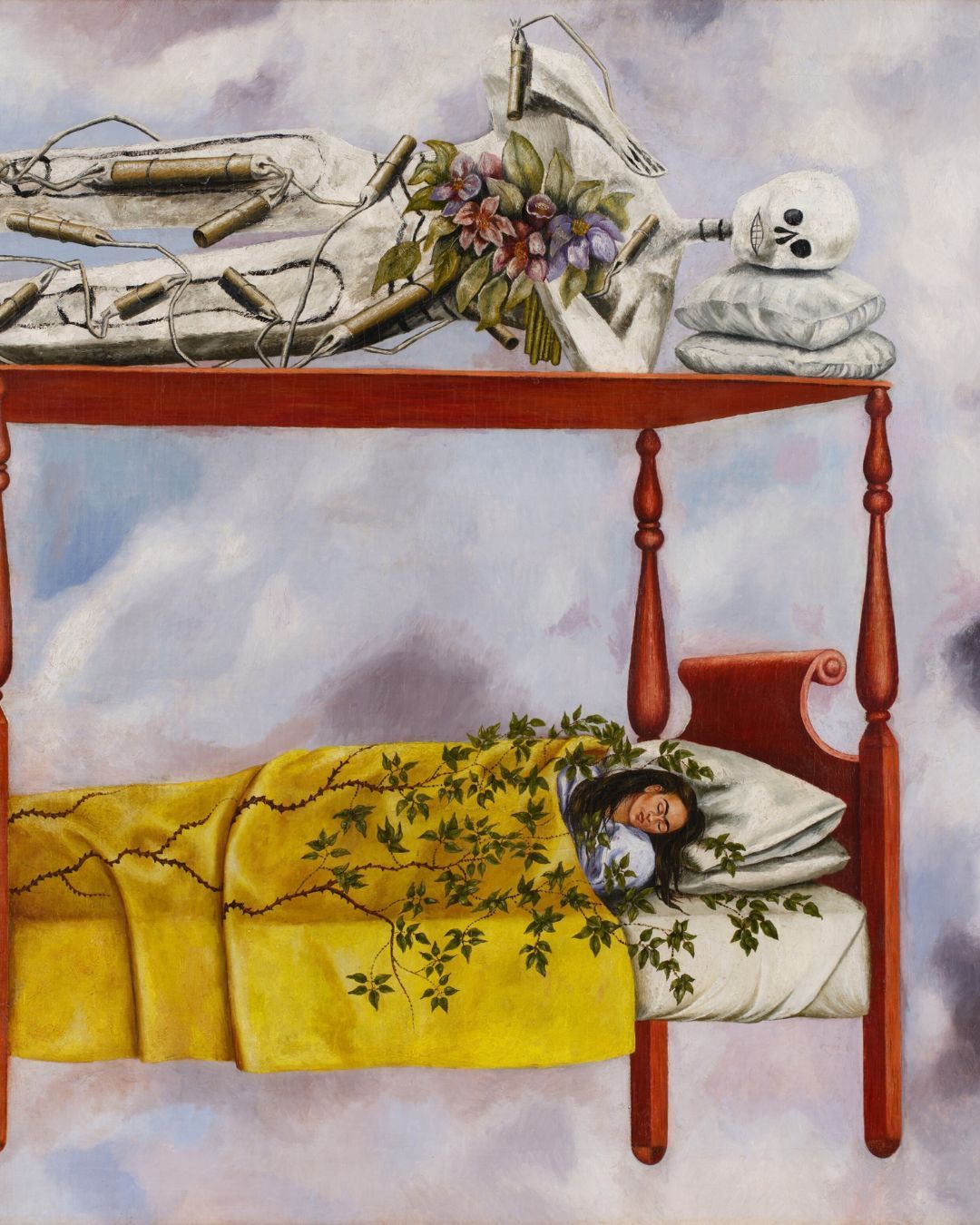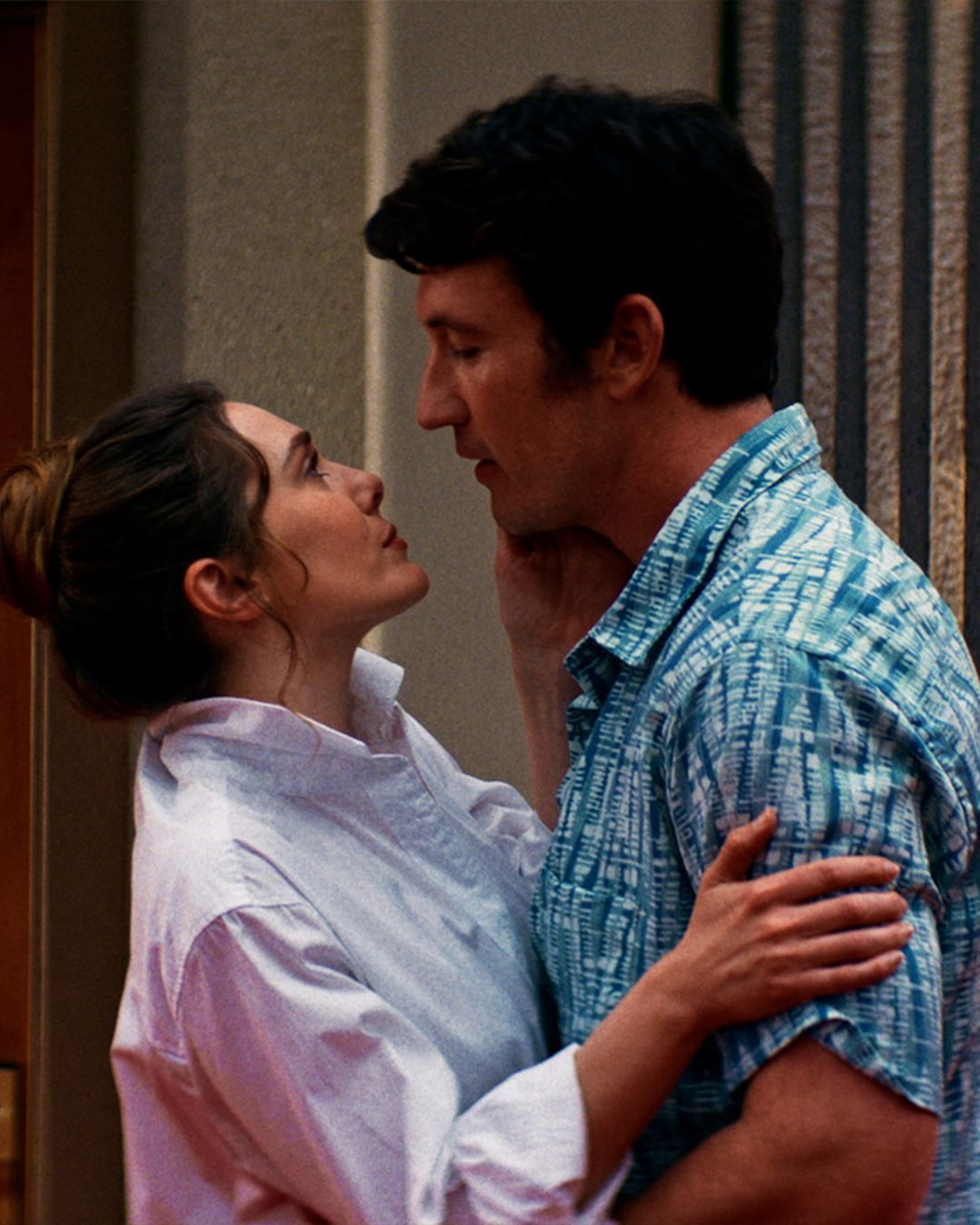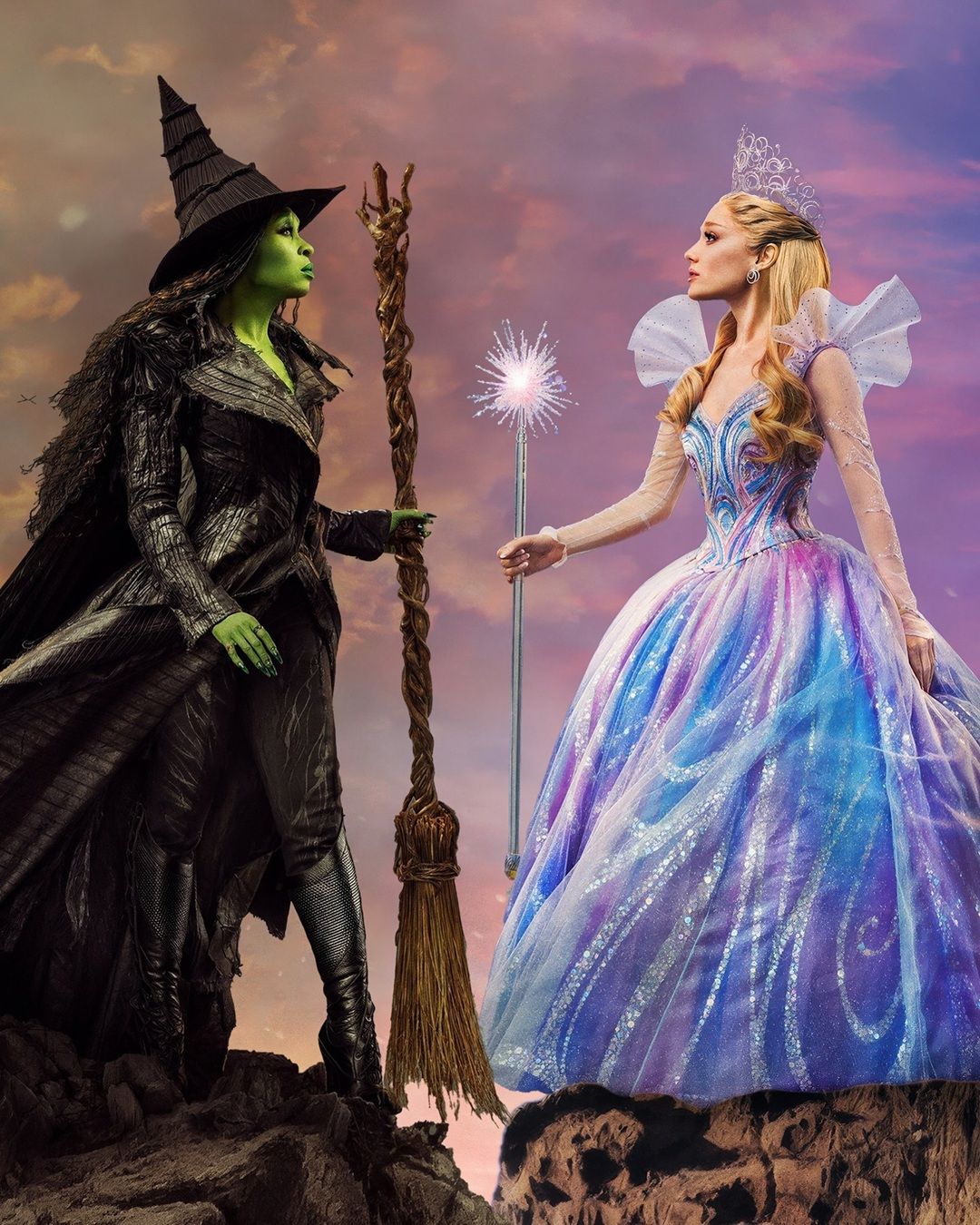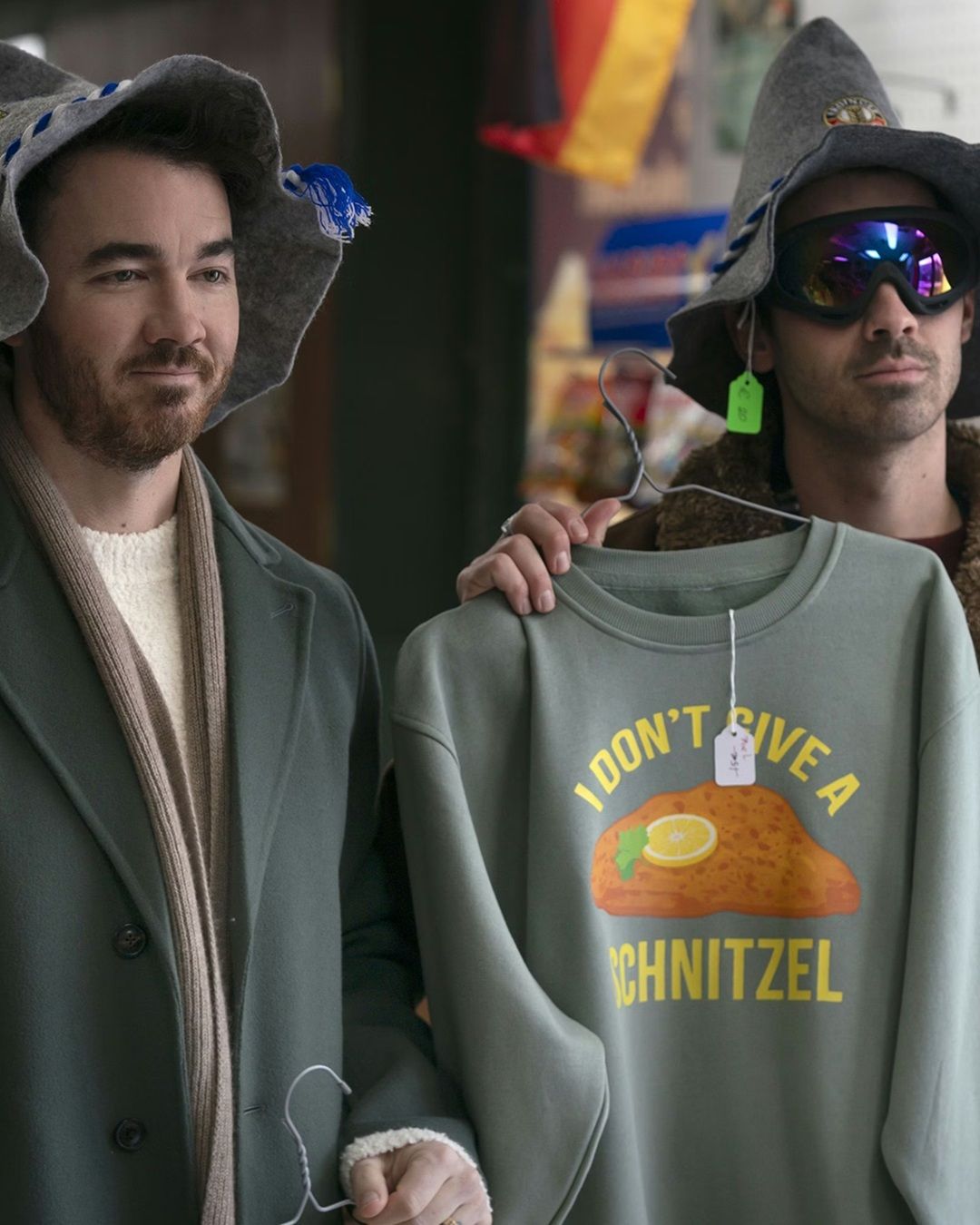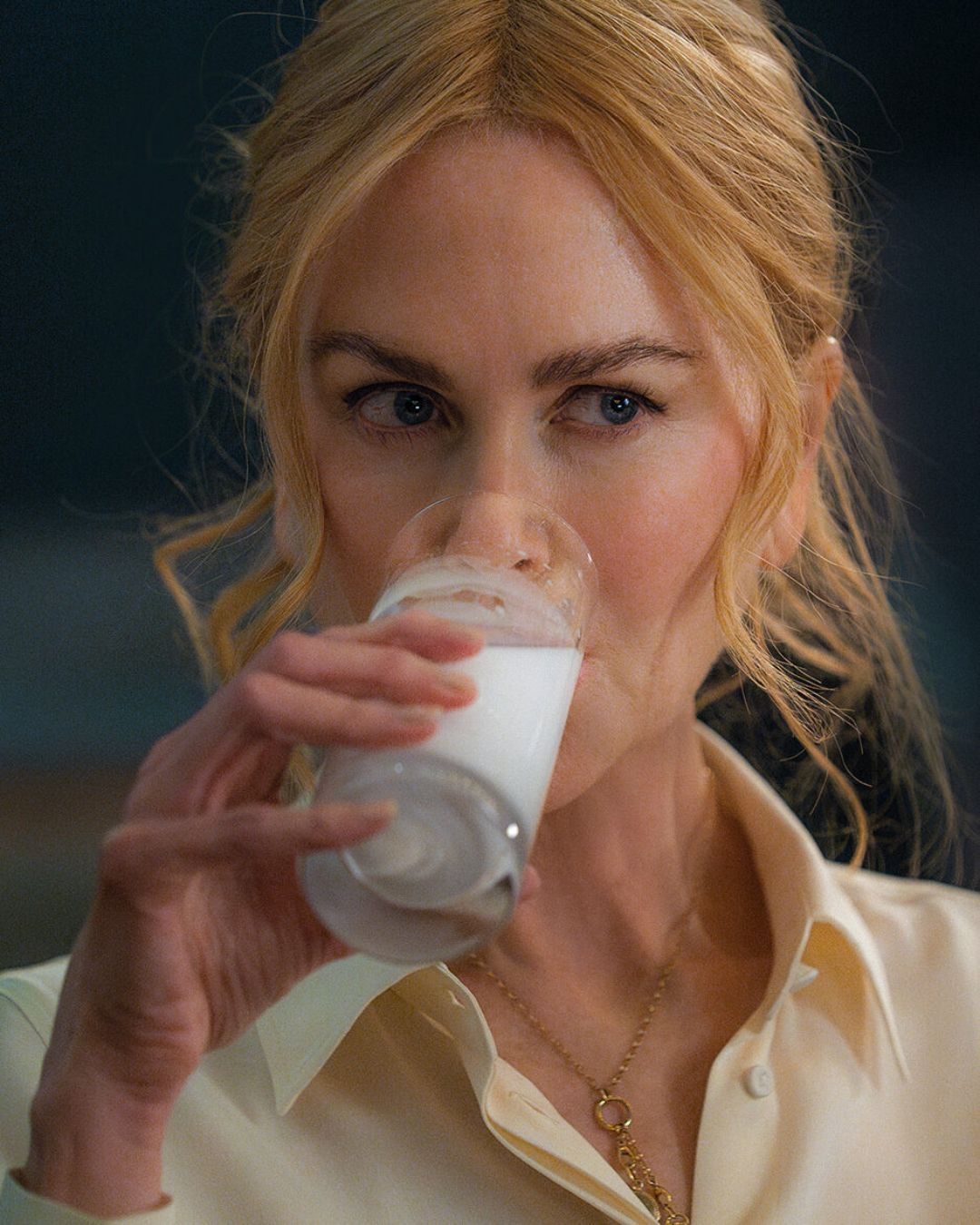
A little guide to symbols and objects of Babygirl Things to know before going to see the thriller starring Nicole Kidman and Harris Dickinson
Babygirl, a erotic thriller by Halina Reijn, is one of those films that quickly become recognizable thanks to objects, situations, songs, or lines destined to enter the collective imagination. Starring Nicole Kidman and Harris Dickinson, the story follows a CEO of a major company who begins an affair with a young intern, putting her job, as well as her role as a beloved wife and mother, at risk. Premiering at Venice81, the film immediately sparked discussions for its exploration of female and mature sexuality, seeking to break free from societal prejudices. Packed with iconic sequences and references, we’ve put together our Guide to Babygirl to prepare you for the viewing experience.
Babygirl Hits Theaters: What to Know and How to Get Ready
Glass of Milk
Placemats, napkins, bibs—bring whatever you need to clean up after the long sip of milk you'll feel tempted to take after watching Babygirl. In one of the film's key scenes, also used in A24’s promotional material, we see the protagonist Romy, played by Kidman, receive a glass of milk while sitting at a restaurant table. She pretends not to know who sent it, and despite her colleagues warning her not to drink it, she downs it in one gulp. The unexpected drink was sent by Samuel, played by Harris Dickinson, who, as he leaves the restaurant, whispers to Romy: "Good girl." The glass of milk thus becomes the symbol of their relationship: a power dynamic where the young man is in control.
Dog
While the "good girl" rhetoric lingers throughout Babygirl, there is another perspective from which director and screenwriter Reijn portrays Romy. When she finally gives in to her desires, it is as if she takes on the form of a dog. This imagery is introduced at the very beginning: the first time Romy sees Samuel, she is about to be attacked by a German shepherd on the street, but at Samuel’s whistle, the dog turns and obediently walks towards him, forgetting about her. From that moment, it’s as if Romy projects her desire, seeking to recreate that moment. Not the threat itself, but the feeling of being "tamed" by Samuel, submitting to his command. The choice of a dog is no coincidence—its English feminine counterpart, bitch, is often used in a derogatory sense towards women. However, in the film, this term is reappropriated, transforming into a symbol of empowerment.
Necktie
Much like Oliver’s swimsuit was for Elio in Call Me by Your Name, Romy becomes fixated on a necktie that Samuel drops at a corporate party. She picks it up and keeps it for herself. This object marks the beginning of her growing attraction to the intern. In a scene where she is alone, secluded in her office, away from prying eyes, she takes out the necktie and begins to savor it.
Botox
Though only a brief subplot in the film, the use of Botox by Romy in Babygirl serves to develop her character and highlight a range of female insecurities that come with aging. While cosmetic tweaks are no longer as stigmatized, it's understandable that people may opt for them to feel better about themselves. However, in the film, Romy’s Botox use is portrayed as a façade—an attempt to maintain control both in her powerful career and as a devoted mother. Yet, the results of the injections are mocked by her eldest daughter, and even Samuel reassures her that she doesn’t need them. This moment subtly reveals that Romy is not at peace with her face or body, a theme that becomes increasingly evident as the story unfolds.
George Michael’s "Father Figure"
If you’ve been on social media lately, you’ve probably seen videos of people recreating Harris Dickinson’s dance to Father Figure by George Michael. Even Pedro Pascal couldn’t resist. The private dance Samuel performs for Romy sets the stage for a pivotal hotel room scene, where the two characters share an intimate moment, and Romy finally lets go of her last reservations, fully embracing her relationship with the young man.
Cult
Although left as an open-ended and underexplored subplot, Romy reveals to her colleague Esme, played by Sophie Wilde from Talk to Me, that her name was given to her by a guru during her childhood spent in a cult. While the film only touches on this aspect, it adds another layer to Romy’s character, helping explain why she constantly feels oppressed and consumed by guilt over thoughts she considers immoral, yet which stem from personal dissatisfaction and internal conflict.
Hedda Gabler
In the dynamic between Romy and Samuel, there’s another key figure to consider: Jacob, Romy’s husband, played by Antonio Banderas. They have a happy life, two loving daughters, and an active sex life. Yet, according to Romy, her husband has never been able to make her orgasm. Jacob, a theater director, is in the midst of staging Hedda Gabler, Henrik Ibsen’s tragic heroine, whose complex emotional entanglements subtly mirror the intricate relationships in Babygirl.
Rave
Though dance plays a minor role in the film, it coincides with Romy’s sexual awakening. Initially, when Dancing on My Own by Robyn plays at a corporate party, she remains composed, restrained by her professional environment. However, she gradually sheds this rigidity in her hotel room scene with Samuel, set to Father Figure. Eventually, she fully embraces her desires in a later sequence when she follows Samuel to a rave, surrendering to complete uninhibited freedom.






